Wall decoration inside the house using decorative panels: fiberboard, PVC, chipboard, MDF, natural wood. DIY wall decoration with decorative panels
Today it is difficult to get a truly original and effective wall decoration using wallpaper, painting or decorative plaster. Modern design the interior design of walls requires a completely new approach, using new materials with unusual external data, new properties, embossed patterns, making the walls look new. Today, such ideas can be realized only using decorative wall panels.
How to decorate walls with decorative panels
The possibilities of decorative panels are much higher and more varied than any of the traditional methods of wall decoration. In fact, this material for interior decoration represents a new revolutionary stage in the development of design:
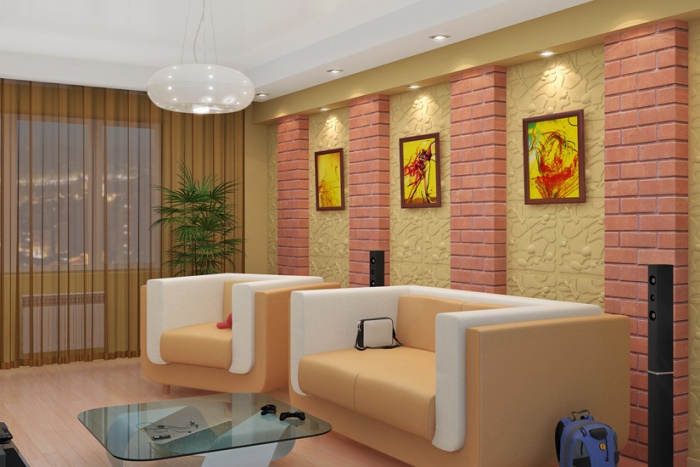
- First, developers and designers of new directions in the use of materials for interior decoration move away from traditional paper panels, wall paints, plaster mixes in favor of imitations of all kinds of surfaces and textures with the most incredible properties;
- Wall decoration decorative panels requires serious processing of the overall interior and style of the room, the correct choice and installation of lighting, compliance with the rules for coordinating colors and textures of interior decoration;
- Decorative panels for walls and interior decoration are much more expensive and, when installed, require a certain skill in working with the material. Manufacturing firms are trying to simplify the installation and installation of interior decor as much as possible, but still this work cannot be called simple and affordable;
- Almost all decorative panels for interior wall decoration, in addition to maintaining a certain style in the interior, perform purely practical utilitarian functions.
Wall panels hide problems with unevenness and geometry of internal walls, insulate the room, and increase the sound insulation properties of walls inside the premises.
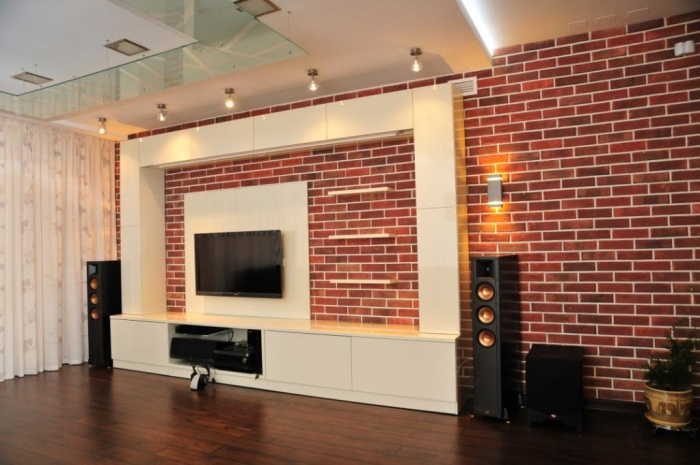
Important! The cost of only materials for individual panel finishes can be several times higher than the cost of repairs using wallpaper or water-based paint. But the service life of such a decorative coating is estimated at ten years or more.
Advantages and disadvantages of various decorative panel finishes
Among the whole variety of decorative panels, the most popular are several main directions:
- Decorative panels for interior wall decoration based on natural materials - wood, stone, clay, certain types of plant fibers;
- Combined, based on polymer materials and ceramics, natural stone. Such options finishing materials can have a universal purpose, and can be used both for exterior decoration walls and inside balconies, loggias, hallways and corridors;
- Panel materials for interior cladding for purely decorative purposes. Some of them are made by hand and have the status of the author's work of a famous artist-designer. Such options are considered the most expensive and difficult to use.
Interesting! Decorative panels are produced not only industrially, but also by amateur artists. Many of them create unique pieces of decorative panels of the author's finishing or painting.
The cost of such hand-finished decor is usually significantly higher than mass-produced items.
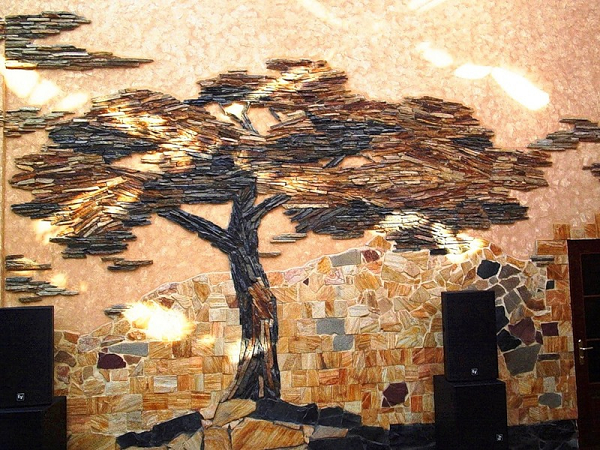
Decorative panels made of natural materials
The leader among panels based on natural materials is wood, especially valuable and deservedly beautiful are considered to be typesetting elements of square and rectangular from solid wood. A photo. In the classic version of the interior design of the room, the lower part of the walls is laid out with such plates. The upper part can be decorated with wallpaper or MDF cladding.
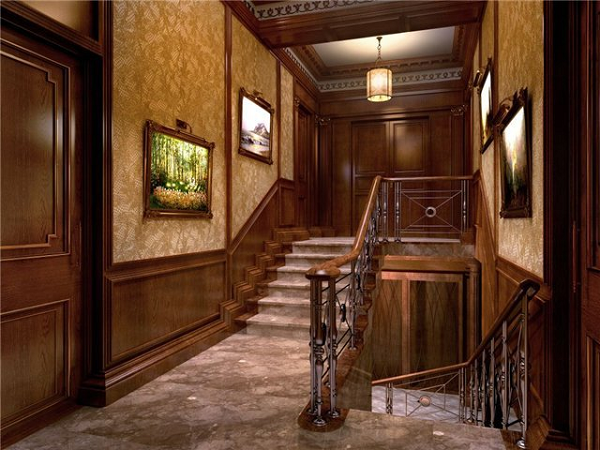
This is the so-called English method of interior decoration of residential premises, widespread in wealthy houses in Europe in the 19th century. In those days, under the wooden cladding, heating pipes were hidden, along which smoke and hot air from stoves moved.
Wooden panel elements are perfect for interior cladding of offices, halls, hallways. Even untreated, a warm and beautiful wood grain always looks attractive enough.
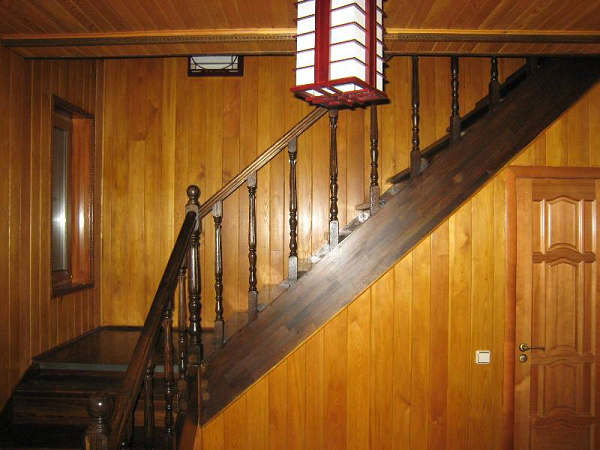
Panel cladding made of oak, elm, larch is rarely used for exterior wall decoration of the house. At best, such decor complements the design. entrance doors or porch.
Decorative panels made from natural bamboo fibers or cork sheets can be just as interesting. Such decor options must be carefully checked on the walls before proceeding with the decoration, due to the rather specific appearance.
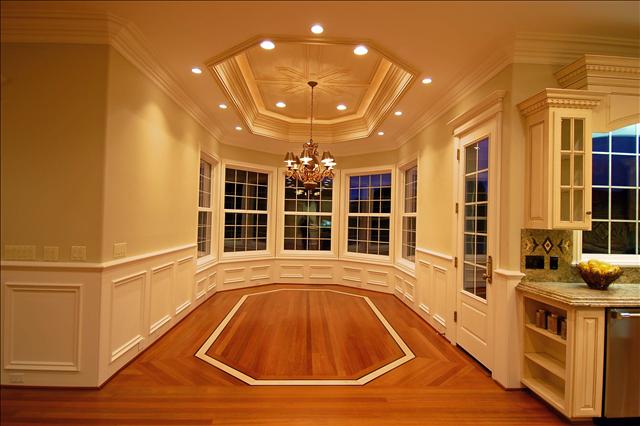
One of the most popular substitutes for decorative wood are MDF panels and textured fiberboards. They are much cheaper, lighter, well cut, drilled, and highly flexible and durable. If you need to make a wood finish, MDF panels are best suited, especially since there are at least 40-45 different colors and textures of wood on the market.
In addition to wood panel materials, stone tiles and mosaics are often used for interior wall decoration. The difference between the two is the size of the polished stone fragments used. Many firms offer mosaics from stone sets, with a formed pattern or pattern, in order to get a full-fledged image on the wall, it is enough to lay out all the fragments, according to the attached diagram. But most often, both finishing materials are attached to the wall in such a way that a monolithic surface of natural stone is obtained.
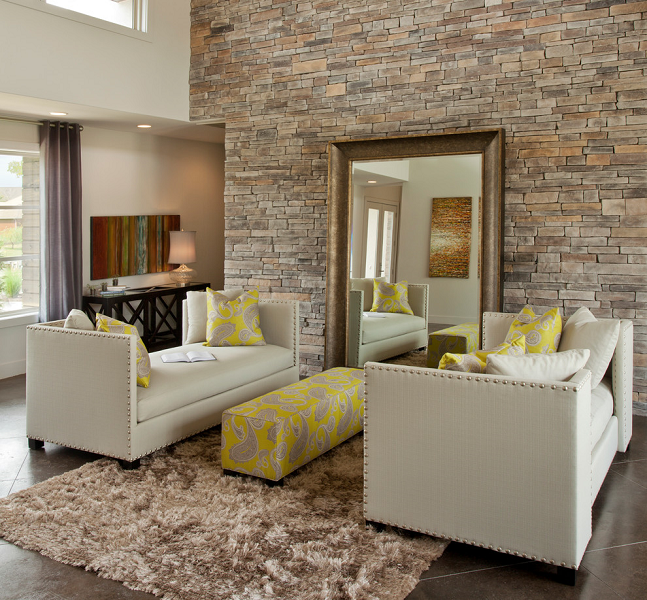
Universal decorative materials
Decorative panels with natural stone coating are considered the most versatile and are often well suited for both outdoor and indoor decoration. In addition to stone panels, an imitation of brickwork or finishing with expensive types of wood can be attributed to universal ones. Most often these are decorative slabs made of painted and textured PVC with inserts of ground pressed or fused stone.
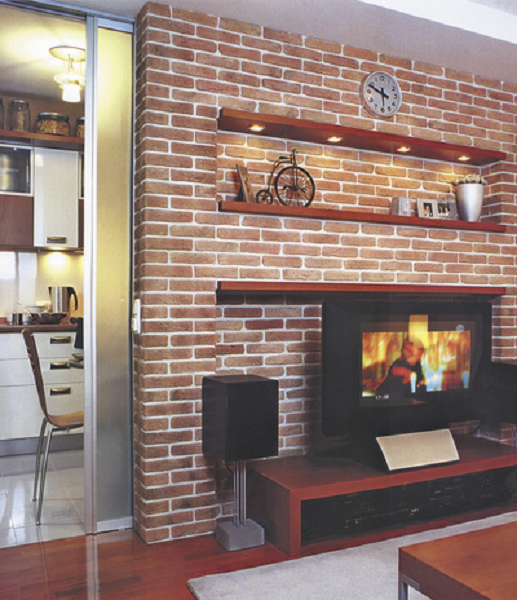
The simplest and cheapest type of universal decorative panel is PVC lining in the form of long two-layer strips. Directly in the bedroom or hall, such panels are rarely used or not used at all. Their main purpose is to decorate the interior walls in the bathroom, toilet, in rare cases in the corridor or loggia. It is inexpensive, therefore, if desired, it can be used in the repair of utility rooms, in the country.
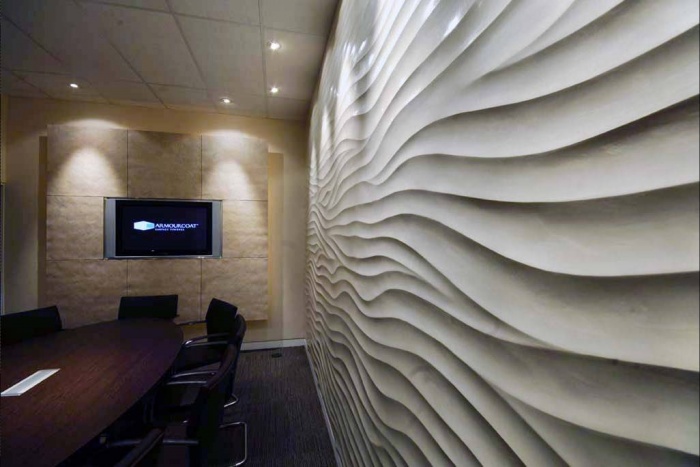
The so-called gypsum vinyl panels are becoming more and more popular. Unlike its relatives, the gypsum board, the gypsum core of the material is covered with a very beautiful vinyl film. This type of finishing material allows you to replace plasterboard panels and wallpaper when decorating internal walls, as well as decorative plaster... The manufacturer of GVK panels focuses on the use of such a facing material for wall decoration in large rooms. In some cases, the GVK-panel can be used as a basis for the manufacture of internal partitions, false walls without additional decorative processing.
Interesting solutions in decorative paneling
Relatively recently, options for soft fabric wall decoration have become very popular. Such panel structures can be of huge dimensions, for example, on the entire wall of a bedroom or a children's room. The use of textile materials and synthetic fillers makes it possible to decorate the room to be decorated in the most incredible colors and colors. Such panels have one extremely important advantage, they have excellent sound insulation, so residents of high-rise buildings with thin concrete walls are happy to use textile options for decorative panels for the interior decoration of the bedrooms of their apartments.
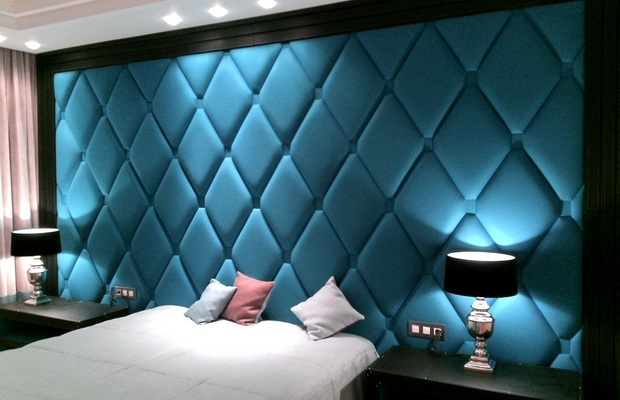
Another interesting finishing method is the use of a large number of mirrors, thick-walled plates of acrylic and polycarbonate glass. In this case, a refractive pattern, engraving is applied to the surface of the panels, or additional light sources are installed. The disadvantages of such products include the high cost and complexity of their installation on the inner walls of the room. The most popular place to use this kind of materials for interior wall decoration is the bathroom and bedroom.
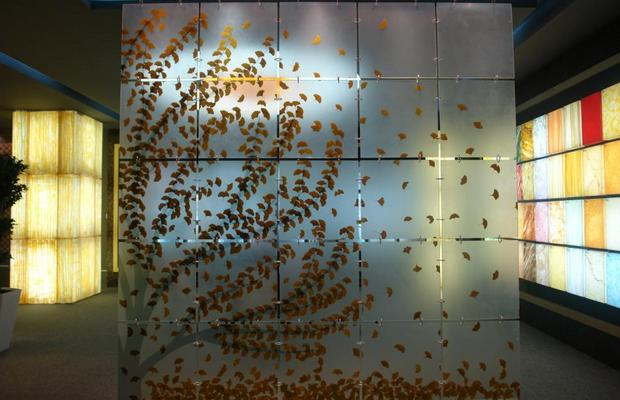
A separate direction of interior wall decoration is the use of so-called 3D panels. Initially, the panels were a volumetric drawing of a beautiful texture, for example, a bamboo trunk or a bunch of grapes, stamped in a volumetric version from a polyvinyl chloride sheet. Later, similar products began to be made in the form of gypsum thin-walled castings, reinforced with fiberglass. When using this decor on the inner surface of the walls, a very beautiful ordered structure was obtained.
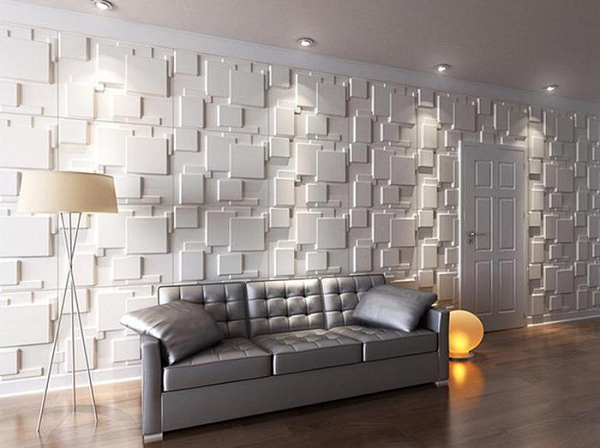
Recently, the development of computer technology and 3D modeling has made it possible to relatively simply and cheaply cut and print three-dimensional decorative models with the most incredible drawings and patterns. The model, once built on a computer, makes it possible to obtain a decorative pattern of any size and shape on a special printing device or micro-milling machine. Everyone can independently come up with their own version of decorative panels. The wide spread of this kind of creativity in the manufacture of decorative panels is hindered by the high cost of producing materials for interior cladding in this way.
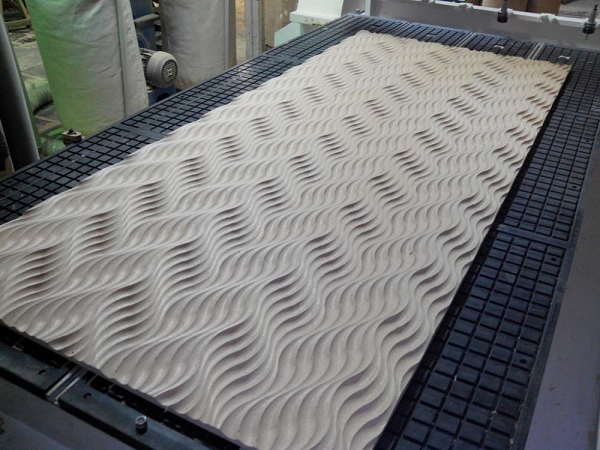
Conclusion
Every year, more and more designs appear on the market of decorative panels for interior cladding, striking the imagination with their unusual performance. Until recently, digital photo frames were quite expensive to decorate the interior and desktop. Currently, there are whole sets of screens that are mounted in decorative finishes in recreation areas and create a cozy atmosphere in the house. The possibility of programming and a selection of whole sequential scenes that combine the image has a relaxing effect, allows you to relax in a cozy atmosphere and have a good rest.
Decorating the walls of an apartment is a mandatory stage in any renovation work. Pasting of interior surfaces with wallpaper has not recently enjoyed its former popularity. The reason for this was the appearance of decorative panels that perfectly imitate natural rocks (stone, brick, wood), make the walls stylish, beautiful and endow them with all important properties. Gypsum panels with a 3D pattern will allow you to transform interior walls into an architectural masterpiece.
Types of decorative panels: advantages and disadvantages
 You can even create drawings with fiberboard on the walls.
You can even create drawings with fiberboard on the walls.
Fiberboard panels are fibreboards. These decorative panels for interior wall decoration are made from high quality wood fibers, crushed and pressed under high pressure. More recently, the fibers in the material were bonded with harmful formaldehyde resins.
Today, environmentally friendly resins of eucalyptus trees are used for these purposes. The price of such fiberboard wall panels has increased, but fiberboard sheet materials are increasingly used for interior decoration of houses and apartments.
Fiberboard sheets can be mounted on the walls of even those rooms where there is a possibility of high humidity. They add special substances - water repellents, which protect the material from water. The surface of the fiberboard panels is laminated.
This structure makes decorative sheet elements resistant to thermal and mechanical stress. The service life of fiberboard panels is about 10-15 years.
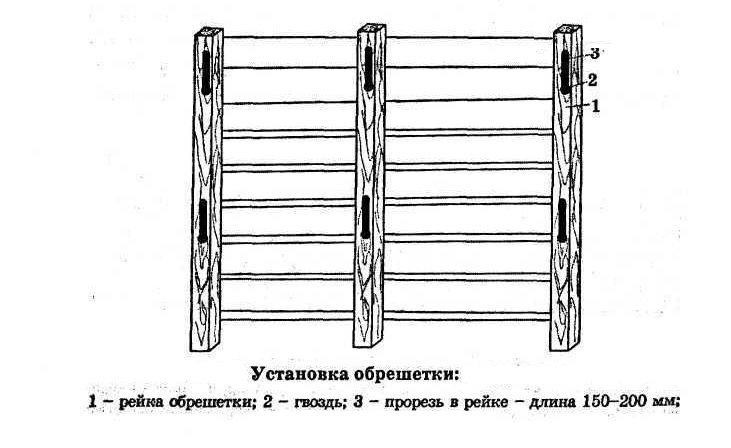 Sheathing scheme for wall panels Fiberboard
Sheathing scheme for wall panels Fiberboard The advantages of this material include a wide range of colors and textures. Facing with fiberboard plates can imitate stone, ceramic tiles, wood. Stylish brick finish is also created using fiberboard panels. But the material has a lower price than a natural stone or other natural analogues.
Mounting fibreboards on leveled walls is performed using adhesives. Also widely used are "groove-thorn" or "groove-groove" fixing schemes.
Due to the presence of water repellents in fiberboard, they can be installed even in those houses and rooms where there is a high level of humidity.
Pvc
PVC sheet and slatted materials are widely used for interior decoration. PVC wall products are supplied to the market in the form of sheets or lining with a thickness of 3-8 mm.
Decorative PVC materials have the following important advantages:
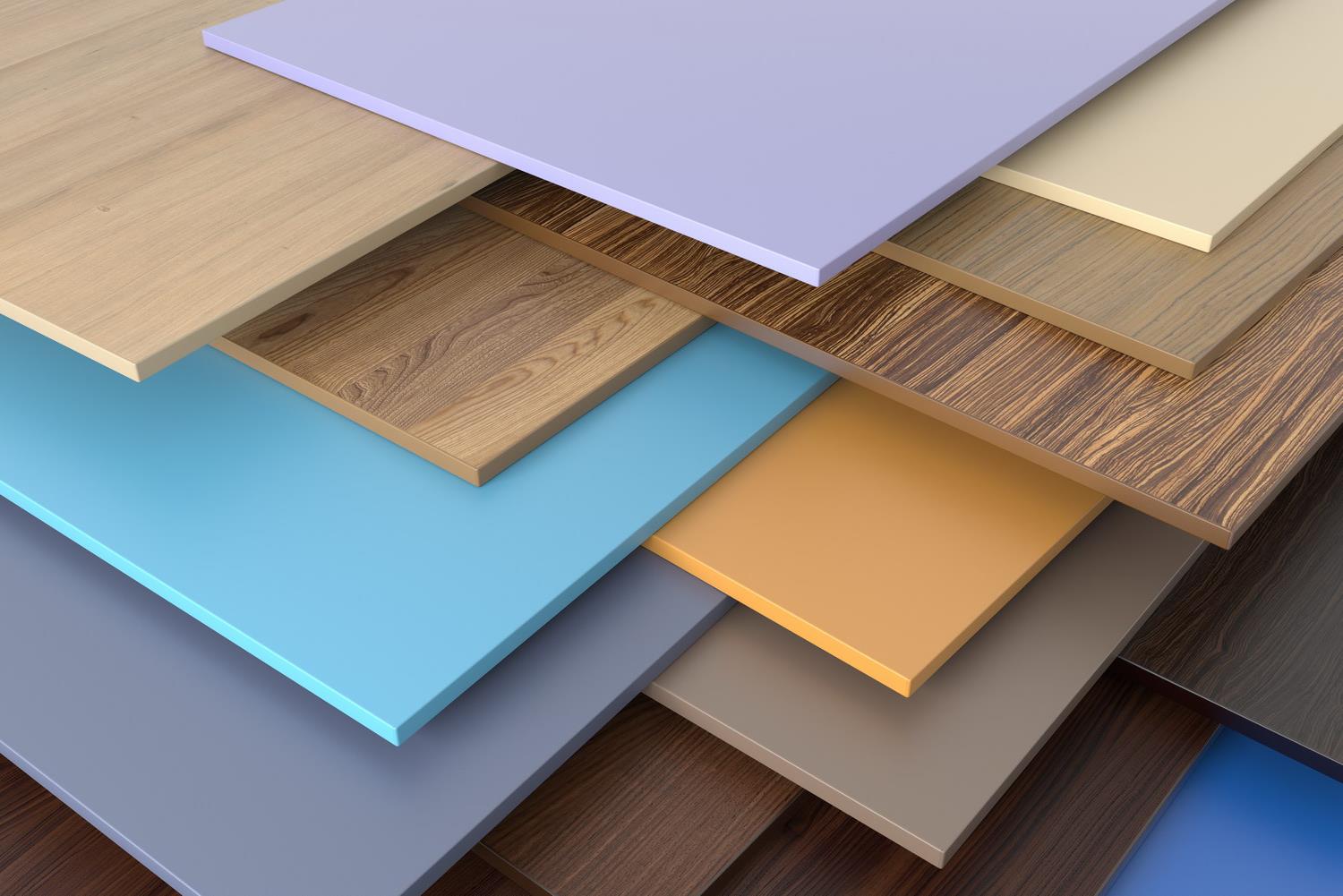 PVC panels are also available in many color options.
PVC panels are also available in many color options. 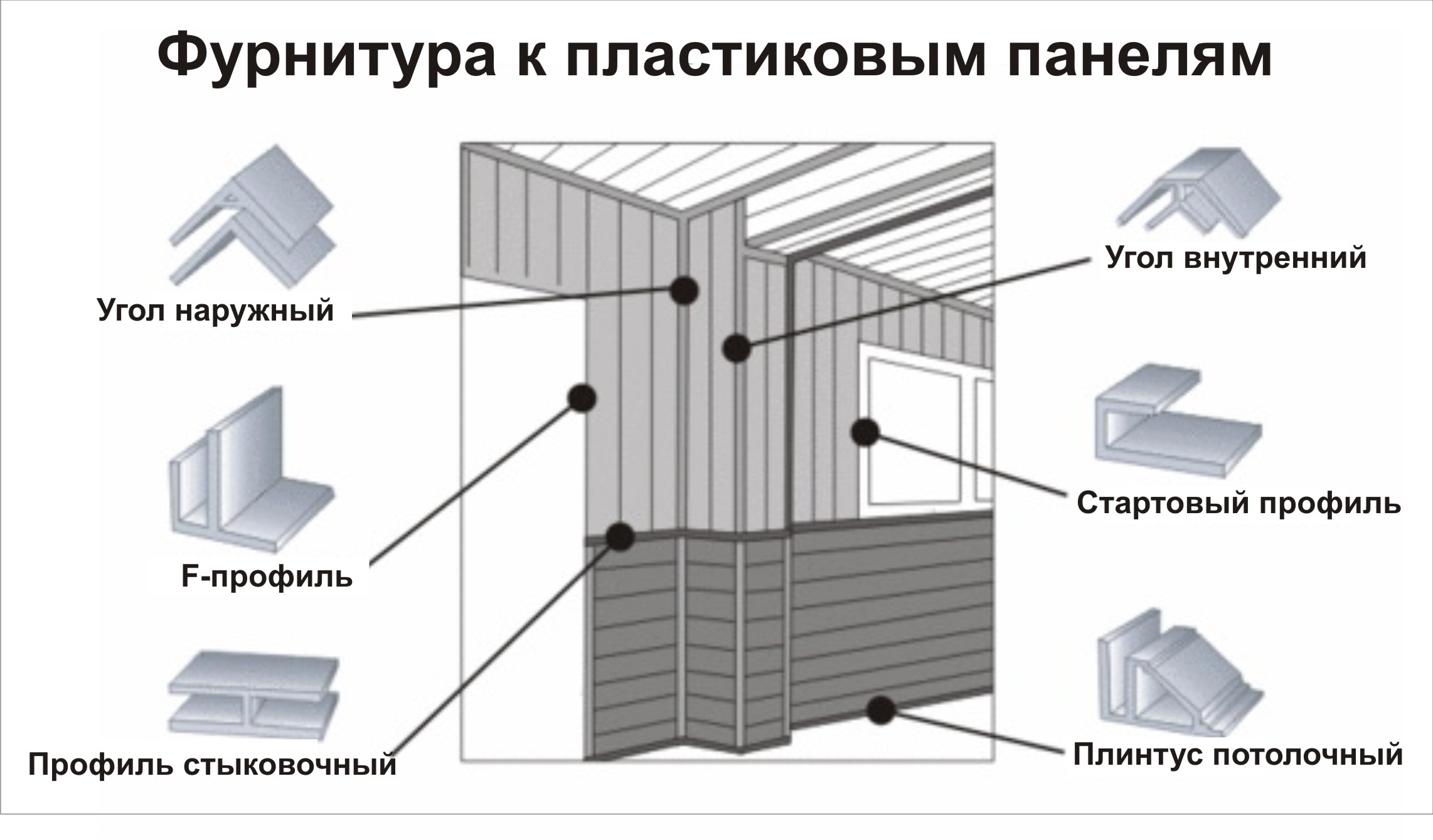
Gypsum 3D panels
 3D gypsum panels appeared on the market relatively recently
3D gypsum panels appeared on the market relatively recently Gypsum panels with a three-dimensional pattern are considered a unique material for creating interior walls. You can choose gypsum sheets today in any building salon. They perfectly imitate any volumetric texture: stone, wood.
Gypsum wall materials help create geometric patterns and curves on the walls of rooms. Their special composition gives the inner lining reliability, strength, durability, soundproof characteristics. Gypsum panels are not resistant to moisture and mechanical shock.
Plaster decorative elements are perfectly combined with other materials for interior decoration. They are easy to install, which they cannot boast of. natural stone or ceramic tiles.
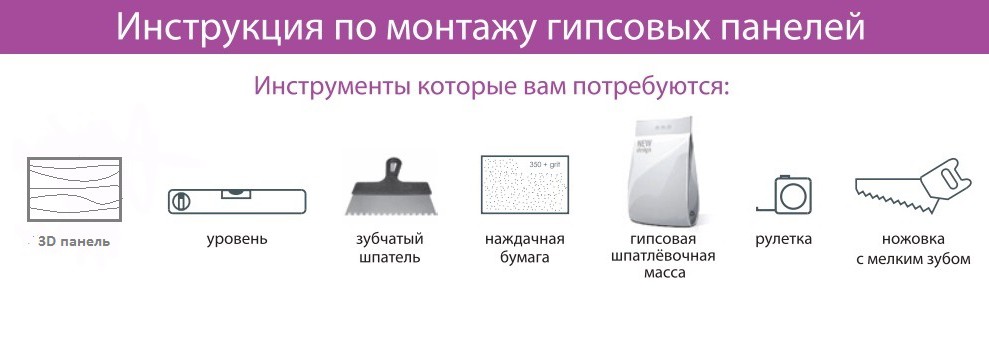 The list of tools that will be needed for the installation of gypsum panels is not so long
The list of tools that will be needed for the installation of gypsum panels is not so long Chipboard
Chipboard wall sheets are a material that is made from sawdust. From this we can conclude that the material swells upon contact with water and gradually collapses. Recent developments have made it possible to make sheet chipboard compositions more versatile due to their impregnation with a safe hydrophobic substance.
In order to additionally close the front surface from moisture, it is covered with a melamine film (lamination technology). Facing with pressed sawdust panels will save money and obtain an aesthetically pleasing wall covering. Gypsum sheet compositions or stone are much more expensive than chipboard material.
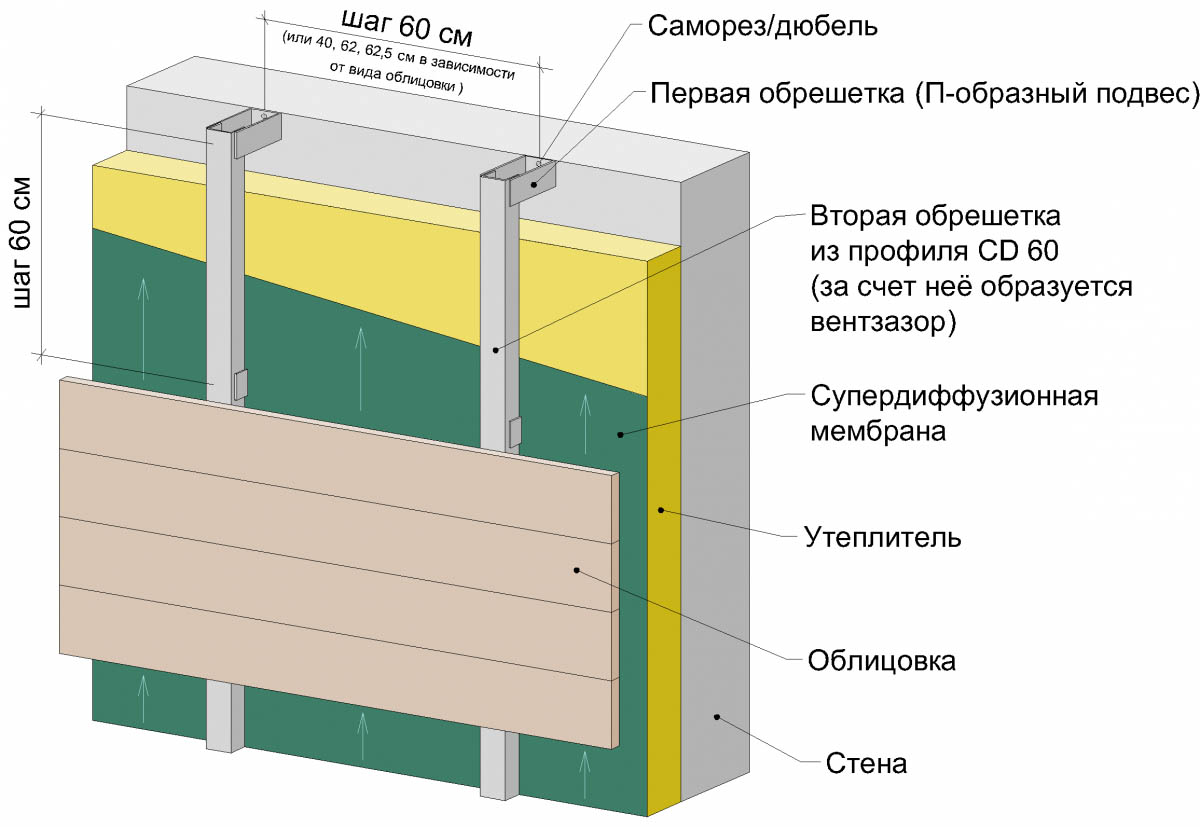 The scheme for installing chipboard panels on walls is practically no different from the same scheme for siding and other materials
The scheme for installing chipboard panels on walls is practically no different from the same scheme for siding and other materials MDF
Modern MDF products are building materials that are produced from finely divided sawn timber. Further, the technology of pressing the fraction in dry form is used. It is customary to use urea resins as a binder.
MDF sheet products have characteristics that, in some cases, can put them on the same level with wooden ones, or even higher than the latter:
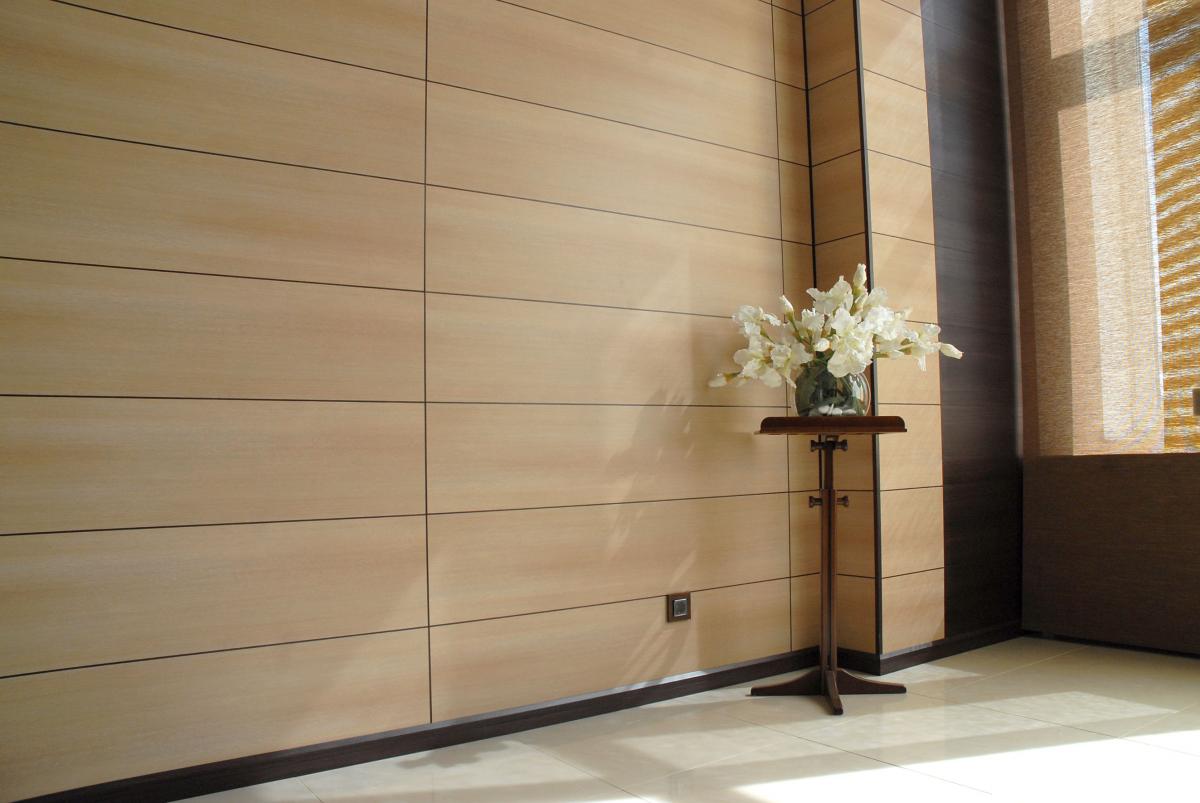 MDF boards themselves are excellent heat insulators
MDF boards themselves are excellent heat insulators - MDF sheets have pronounced sound and heat insulation characteristics;
- High-quality and properly processed MDF boards have a texture that is very difficult to distinguish from valuable wood species. They have an excellent appearance and aesthetic appeal;
- MDF materials are durable and will be used in indoor conditions for many years;
- MDF panels are easy to handle and install on pre-prepared wall surfaces.
If we list the disadvantages of MDF boards, then it should be noted their low moisture resistance. In humid rooms, slabs and sheets swell quickly and gradually deform. If formaldehyde resins were used as a binder, then MDF products will release toxic fumes into the air. Therefore, it is important to carefully study the composition of the purchased product.
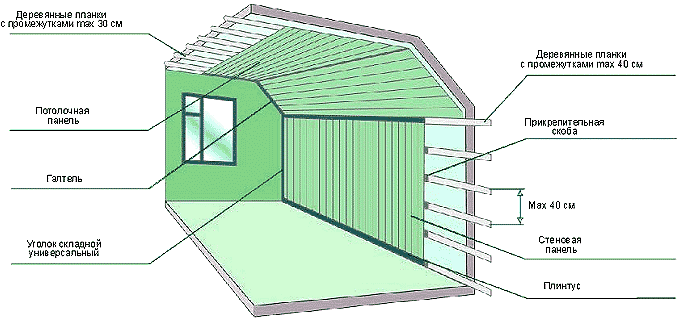 An example of a scheme for mounting MDF panels on walls
An example of a scheme for mounting MDF panels on walls Natural wood
Decorative wall elements made of natural wood will add dignity and solidity to the interior. For the manufacture of such building products, the best types of wood are used, and they are trimmed with linden, cherry, walnut or mahogany veneer. To decorate a luxurious interior, wooden wall panels are opened with varnish, mirror or gilded inserts are made.
Wooden decorating sheets have the following advantages:
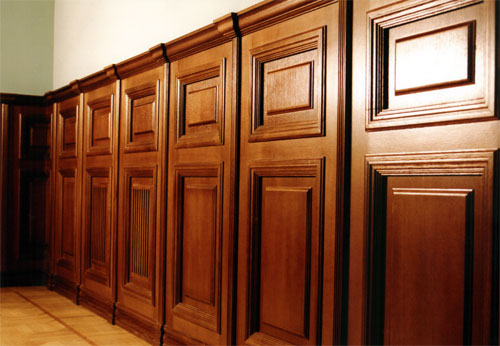 Wooden panels look aristocratic
Wooden panels look aristocratic - Reliability and durability when used in a dry environment;
- Wooden elements match perfectly with others decorative species cladding;
- High aesthetic characteristics that only natural stone can compete with;
- Solid wood is considered an environmentally friendly and breathable material;
- Wooden wall products can withstand significant mechanical and shock loads.
Along with such important advantages, wooden boards have a number of disadvantages. These builders include the high cost of wood and building materials that are produced from it. You will have to pay a lot for beautiful and high-quality wooden walls.
Do not forget that wooden finishing materials are a priori fire hazardous, so processing them with a special compound that allows the fire to self-extinguish is mandatory.
It is forbidden to sheathe rooms with wood in which there is a high level of humidity. Even additional impregnation and varnishing will not be able to fully close the tree from humidified steam and water.
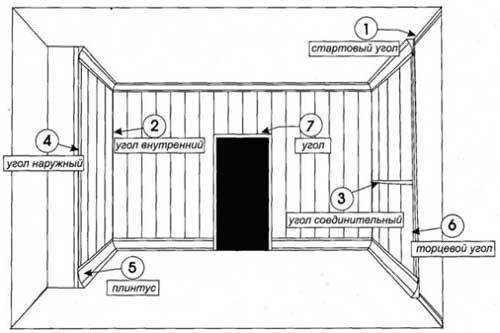 Example of a wiring diagram for natural wood wall panels
Example of a wiring diagram for natural wood wall panels Video
You can watch a video on how the walls are decorated with MDF panels.
The market of modern finishing materials is constantly replenished with new technologically advanced solutions. There are products that are easy to assemble and undemanding to care for, but at the same time have an excellent appearance, are durable and resistant to mechanical stress. This type of finish includes decorative wall panels, which can be made from many different materials, have an impressive selection of shapes, colors and textures that imitate both natural and artificial surfaces. In the article, we will consider the types of decorative panels and how to install them with your own hands.
Decorative wall panels are a fairly reliable and durable finishing material. It is a versatile cladding for residential and public spaces, decorated in all kinds of design styles - classicism, modern, baroque, rococo and many others. They transform the surface to create an original pattern or relief. Perhaps today it is one of the most popular types of finishes.
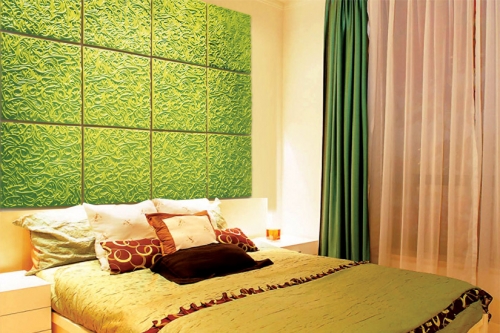
Types of decorative panels
Wall decorative panels are made of various materials, and each type has differences not only in appearance, but also in its characteristics.
Modern technologies allow them to be produced from the following materials:
- natural wood - solid wood or glued wood;
- chipboard;
- fibreboard of different density (fiberboard, MDF, HDF);
- gypsum vinyl;
- polyvinyl chloride;
- polystyrene;
- aluminum;
- bung;
- acrylic glass;
- textile;
- leather.
Natural wood panels
- Wood panels are made from many types of wood. The most popular are: ash, cherry, spruce, beech, oak, maple, pine, alder and cedar. Wood is environmentally friendly safe materialideal for wall cladding in living areas such as a living room, bedroom or study.
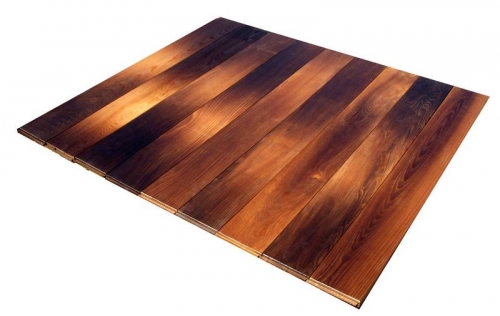
Advice: if you need to decorate the walls in the bathroom or kitchen, that is, in those rooms where there is high humidity, then you should purchase panels coated with a special moisture-resistant impregnation, varnish or wax. In this case, it is worth paying attention to the presence of impregnation of the lock connection and ends, since otherwise these places will begin to exfoliate and the panels will lose their decorative appearance.
- The main advantage of solid wood decorative panels is their aesthetics, environmental friendliness, sound and heat insulation. Most often they are used in the interior decorated in a classical style, since wood is considered a noble material that gives the room respectability, comfort and coziness. In addition, such panels can be easily repaired if necessary, which means that the term of their use is practically unlimited. The damaged surface can be sanded and polished, then painted and varnished again. It is also allowed to repaint or tint products.
- Solid wood decorative panels have a high cost, therefore, glued wood products or so-called frame panels are more popular among buyers.
- This option assumes the presence of three layers: the top, as a rule, is made of valuable wood, and the frame layers can be made of conifers - spruce or pine.
- The layers are bonded under pressure at a high temperature, with the fibers of each of them being parallel to the previous one. This design helps to avoid deformation during operation. Finished decorative panels are coated with acrylic varnish or treated with a wax composition.
- Another option for wooden models is the coating of inexpensive wood with veneer. Such panels outwardly do not differ from natural wood products, but have a significantly reduced cost.
Wall decoration with decorative wood panels photo
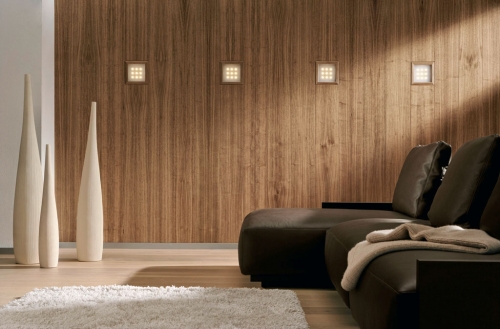
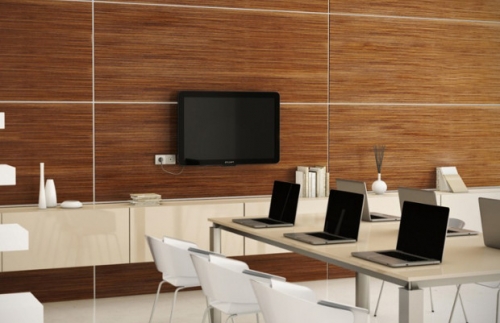
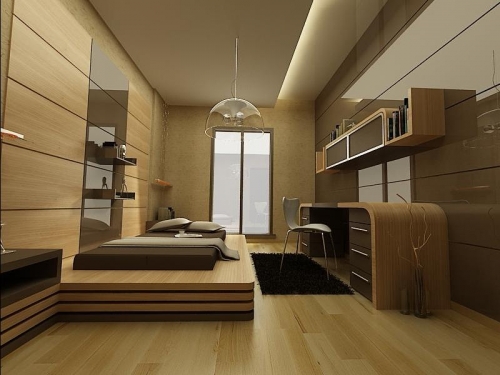
Recycled wood panels
Chipboard
- This is a material from wood shavings or sawdust obtained by the method of hot pressing, resin is used as a binder. Decorative panels based on chipboard are not as reliable as their natural wood counterparts, but are considered an excellent material for wall decoration in dry and warm rooms.
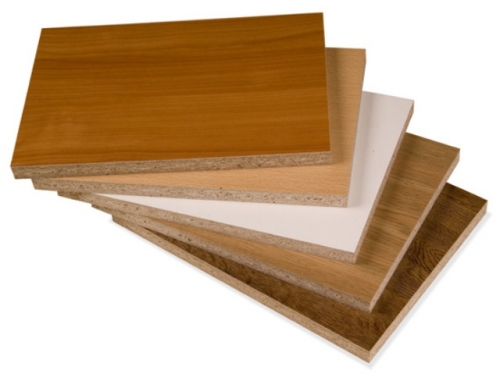
- This cladding should not be used in the bathroom, kitchen or balcony walls. Under the influence of moisture and with a sharp change in temperature, they can begin to collapse, stratify, or crumble.
- Decorative panels based on fibreboard less susceptible to moisture, since in their production wood fibers are used, which are soldered into a single material under the influence of pressure and high temperature. The result is lightweight yet dense panels that can be laminated with resin-impregnated paper or foil, or veneered. They can be used in the decoration of kitchens and corridors, as they are quite easy to clean, but it is still better to avoid direct contact with water.
- This is a type of fiberboard with an average density. For manufacturing, the method of dry pressing under pressure and at elevated temperatures is used. Fine-grained wood chips are used as raw materials, and urea resins are used as a binder.
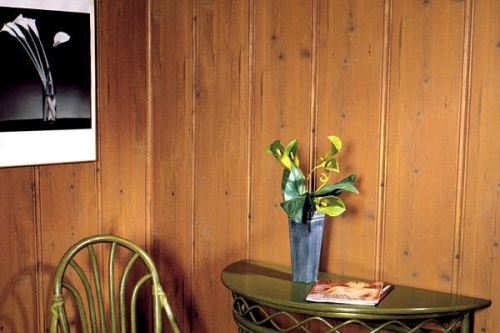
- They can serve as wall decoration in any room. They are reliably protected from moisture, and have sound-absorbing properties and form a heat-insulating layer, which is why they are widely used for finishing balconies and loggias.
- MDF panels are considered strong and reliable material that can withstand heavy loads, and therefore it is allowed to mount all kinds of furniture on them. In addition, modern technologies make it possible to produce fire-resistant decorative MDF panels covered with veneer, laminated or laminated with vinyl paper, decorative paper or film.
- It is a high density fiberboard. In terms of their main characteristics, panels made of this material are not much different from MDF panels. Most often they are made in a perforated version. Several finishes are available: single-sided lamination, double-sided lamination, double-sided veneer and double-sided foil finishing, there is also an option without additional finishing.
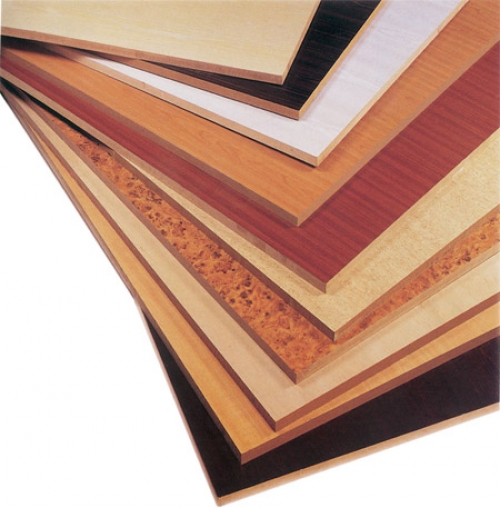
- The perforation shape can be very diverse: triangles, squares, stars, circles, labyrinths, etc., and among the coloring popular options are: maple, walnut, mahogany, beech, wenge and cherry.
- HDF-based material is used for finishing dry rooms, it has increased strength, can withstand heavy loads, but the price for this type of product is set quite high.
- All decorative panels based on wood-board materials are produced using modern technologies, using high-quality ingredients, which means that the quality of finished products remains at a guaranteed high level.
- Wall panels based on recycled wood have all sorts of patterns and designs, they can imitate masonry or brickwork, wood surfaces and other natural materials, as well as artificial materials.
- They are mounted both on the crate and on the flat surface of the walls. Moisture-resistant materials imply installation directly on a wall or solid crate using adhesives, since when using sharp staples or construction nails, the surface is damaged and moisture can penetrate into the panels, which means that the heterogeneous structure will begin to collapse.
Plastic decorative panels
Polyvinyl chloride
- Plastic decorative panels are made on the basis of polyvinyl chloride and are in the greatest demand among buyers. PVC panels have many advantages - they are long service life, increased moisture resistance, hygiene, easy maintenance and much more. Such characteristics make them indispensable in those rooms where there is high humidity or high traffic, for example, a bath, a kitchen, a corridor or a hall, as well as any public places - offices, banks, cafes, etc.
- You can find decorative PVC panels with good resistance to temperature changes, they can easily withstand 40-degree frosts and temperatures up to 115 ° C, that is, they can be used for decorating external walls or as interior decoration for baths and saunas. Most of the PVC panels are still intended for interior decoration of heated rooms.
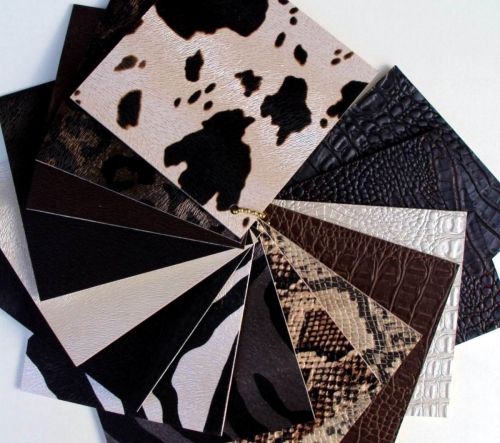
- Manufacturers offer products with a smooth and embossed surface, and a pattern or pattern can be applied to the front side that imitates various materials (wood, leather, masonry, and so on). For reliable protection, the top layer is covered with a glossy or matte varnish, its main feature is that it is antistatic, which means it does not attract dust particles.
- Installation of such panels is extremely simple, since they are equipped with a locking system, in addition, it is easy to give the material the required dimensions by cutting the sheets to the required size using an ordinary construction knife.
Gypsum vinyl
- Decorative panels made of gypsum vinyl are used for interior wall decoration, as well as for internal partitions. For their production, drywall is used, on which a layer of vinyl coating is applied, which is why they are not afraid of moisture, are resistant to mechanical stress and can be washed with any detergent.
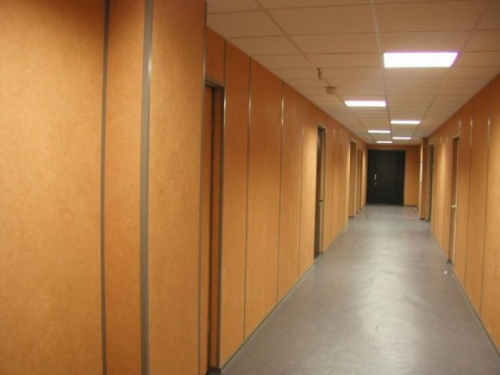
- Installation of gypsum vinyl panels is carried out on an aluminum frame using connecting profiles, which also have a decorative function. In addition, panels can be removed and even re-positioned if required.
Polystyrene
- Another type of plastic panels are decorative polystyrene panels. , on which a layer of protective film is applied. They have different thicknesses, the surface can be smooth or embossed, mirrored and have many colors.
- Installation is carried out on a crate or on a flat surface (if the panels are made on a self-adhesive basis). In addition, due to the special manufacturing technology and flexibility, polystyrene panels can be faced with structures of any configuration, for example, columns or fireplaces.
Expanded polystyrene
- Decorative panels are also produced from expanded polystyrene with a rigid base. Fiberglass is used as a reinforced layer. They have an increased degree of hydro-, noise- and thermal insulation. This is a fairly moisture resistant material that is suitable for wall cladding in rooms with high humidity - bathrooms and shower cabins, interior decoration of swimming pools, baths and saunas, terraces, lining of loggias and balconies.

- All types of plastic panels are installed on the lathing, or glued directly to the wall using acrylic or silicone glue. The panels are easily cut in any direction, and are interconnected by a groove-comb or groove-groove locking system. In the first case, they are tightly connected to each other, forming an almost single surface with a uniform pattern. The second method of joining assumes the presence of additional jointing, which may differ in color from the colors of the panels, such inserts may have a relief or be smooth with a mirror texture.
- By price plastic panels the most profitable finishing material in comparison with other types of decorative panels, and in its characteristics it is not inferior to any of them, since it is a moisture-resistant, chemically harmless material that is not afraid of temperature changes and does not undergo deformation.
- The disadvantages can be attributed only to the fact that plastic has a low resistance to stress, that is, it is undesirable to hang heavy objects on it. In all other respects, it is an ideal material for decorating any room.
- In addition, the surface of plastic panels can be painted in many colors and have different textures. For example, simulate the surface of stone, brick, wood, leather and other materials. It is very easy to care for such panels, it is enough to periodically wipe them with a damp cloth or wash them with warm water with the addition of any detergent that does not contain solid particles.
Wall panels in fabric and leather
- A special type of wall panels for wall decoration include panels made of fabric and leather. They can have various shapes, textures, and degrees of softness. They can be used to decorate all the walls in the room, or use them as a bright accent. Photo printing with any image can be applied to the surface of fabric or leather.
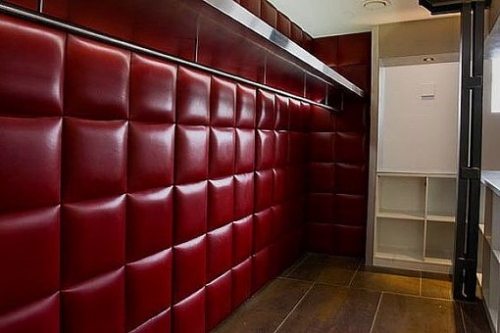
- Textile panels have varying degrees of softness, which is achieved due to the backing, but they are also produced with a relief surface, which is formed by stretching the fabric onto a hard material with the required relief.
- The advantages of such products include the presence of high aesthetic qualities, a variety of assortments, individual style, ensuring heat and sound insulation, environmental friendliness and ease of care. The material can be suede, natural and artificial leather, various fabrics and felt.
Cork decorative panels
- Decorative cork is a unique natural material that has a long service life and does not require special maintenance. Cork panels do not deform, do not absorb odors and moisture, do not attract dust and do not burn, and any dirt can be easily washed off.
- The main advantage of this material is its environmental friendliness. Such decorative finishing will give any room an exclusive and elegant appearance, as well as protect against noise and cold.
- Cork panels can be made from both cork bark and cork chips; in the second case, the price of the product will be slightly lower, but all the advantages of the material will remain. Combined two-layer panels are also made, where the bottom layer is pressed chips, and the front side is a monolithic bark.
Aluminum decorative panels
- Aluminum composite decorative panels have a unique holographic look, due to a special processing technology. They are manufactured in the form of a structure consisting of two layers of aluminum cladding and a sheet of monolithic polyethylene between them.
![]()
- Aluminum decorative panels have longitudinal and chaotic types of patterns and several basic types, which are usually hand-made by artists. Caring for the panels is quite simple, you should wipe them as they become dirty with a cloth soaked in warm soapy water or using any window cleaner. It is better to refrain from detergents containing alcohol, acetone or abrasive particles.
Acrylic glass decorative panels
- Decoracryl wall panels are a unique material based on acrylic glass made from synthetic resins. They can be decorated in all sorts of ways. Various elements are fused into the surface, such as shells, jewelry, semi-precious stones, etc.
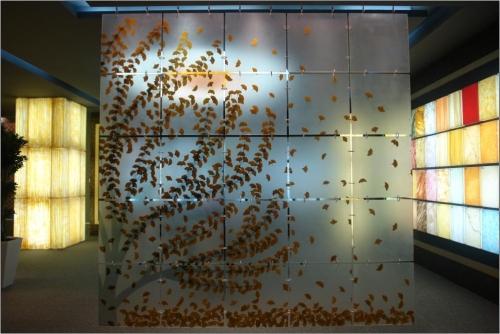
- Such products are flexible and lightweight, while remaining strong enough. Acrylic glass has good moisture resistance, mechanical strength, resistance to temperature changes and low specific gravity. In appearance, such panels are similar to tiles, so they are often used when decorating bathrooms and kitchens.
Dimensions of decorative panels
All decorative panels for walls are usually divided into three types, depending on the size of one slab.
- Tiled decorative panels - are made in the form of square tiles, two sizes are considered standard: 30x30 cm and 90x90 cm. They are easy to lay out a panel or mosaic on the wall using tiles with different patterns and colors. Each square has grooves on all sides, in order to fix the finish to the surface, it is necessary to use fasteners and special jointing.
- Stacked or slatted decorative panels - are made in the form of separate boards (slats), the length of which varies from 0.9 to 3.7 m, the width can be up to 30 cm, and the thickness is not more than 12 mm. Installation of this type of decorative panels presupposes the presence of a crate, and the fastening must be done using metal brackets (clamps). They do not have a lock connection, therefore, when installing them, the connection method using a layout, internal or external, is used. Panels are placed close to each other and fixed with a plug-in layout, which can be hidden behind the panels or visible, applied over the slats. The visually finished finish looks like a clapboard surface.
- Sheet decorative panels - are made in the form of sheets having a height of 244 cm and a width of 122 cm, the thickness does not exceed 6 mm. A very convenient option in cases where it is necessary to avoid a large number of joints, in addition, the panels are installed as soon as possible. Panels can be made from recycled wood (fiberboard, MDF), drywall, aluminum, PVC or polystyrene. The front side, as a rule, is decorated with a pattern or pattern and covered with a protective varnish layer, and a water-repellent compound is applied to the back side. Products can be perforated or solid. Installation is carried out on a pre-prepared lathing, or directly on the wall, if its surface is perfectly flat and even.
DIY wall decoration with decorative panels
Decorative wall panels of any kind can be easily assembled, even without special training and without professional equipment. However, there are a few simple rules to follow to ensure a good installation.
There are two main ways of wall cladding using decorative panels:
- Kleeva.
- Wireframe.
The glue method assumes the presence of a flat surface, cleaned of other finishing materials. Such a finish requires a lot of strength and experience. You can glue the panels either on a special glue - acrylic or silicone, or by purchasing products with a self-adhesive surface.
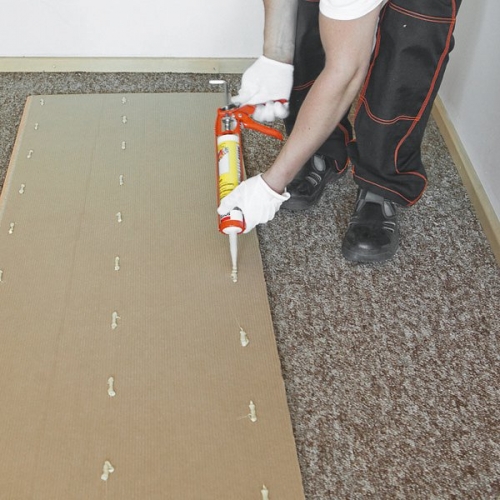
The frame method involves the construction of a lathing from a metal profile or wooden battens. The aluminum profile does not require additional processing, while the wooden material must be impregnated with antiseptics and moisture resistant agents. That is why the device of the metal frame is a priority.
Installation of panels on a frame or lathing involves several main stages.
Installing the frame
- Initially, an upper ceiling rail is installed, which is leveled using a laser level or a building level. You can fix the profile with self-tapping screws or dowels. The lower guide is installed in the same plane. The direction of the planks should be perpendicular to the panels to be installed.
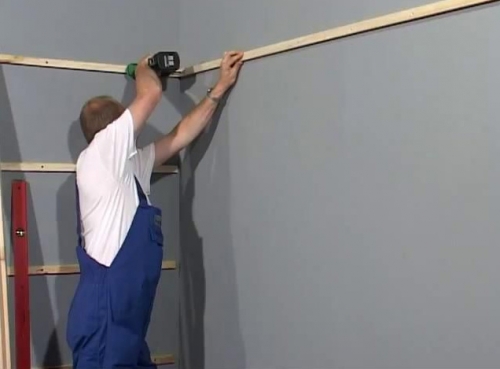
- After fixing the upper and lower guides, vertical intermediate profiles are attached, so that the distance between them is 40-50 cm. This is necessary so that in the future it will be possible to mount the panels without problems. For strength, the frame can be reinforced with several vertical intermediate profiles.
Installation of decorative panels
- To begin with, a starting profile is fixed from the corner of the wall, into which the first panel will be attached in the future. The fastening of decorative panels is carried out using self-tapping screws, but if the frame is made in the form of a wooden crate, then it is best to fasten it with a construction stapler. There are also several types of panels, which are fastened only to special brackets.
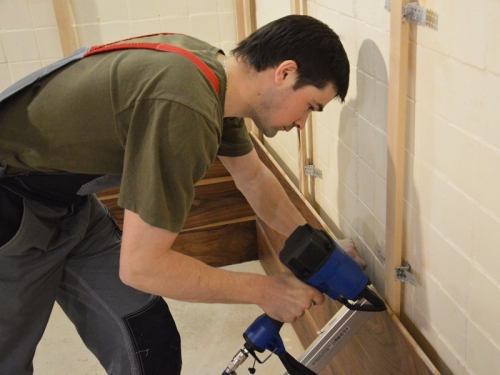
- The panels can be fixed with a tongue-groove lock, or with a special jointing. Each element to be mounted is checked in level so that the resulting wall is aligned in one plane. Before installing the last panel, the finishing molding should be fixed, then the panel is inserted into it without additional fastening.
- Having finished finishing with panels, you can complete the structure with special strips - this will give the decorative surface a finished look. If necessary, a heat-insulating or sound-absorbing layer is laid between the wall and the panels.
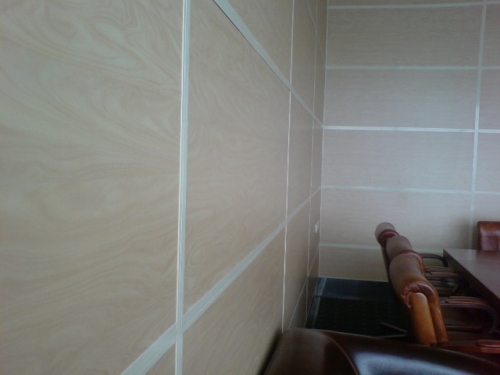
Wall decoration with decorative panels video
Advantages of decorative panels
- Easy and quick installation - since the fastening of the panels does not provide for cleaning the walls to the base, then all work can be carried out in record time. In addition, when fastening, there is no need to use special tools or equipment, as well as to involve expensive professionals. All work is easy to do on your own, you only need materials for the lathing, a construction stapler and staples, as well as the panels themselves and accessories for them. Thanks to the groove-comb system, installation is quick and accurate, with virtually no waste and debris.
- Universal application -decorative panels are successfully used in premises, for any purpose (public or residential). They have a high level of noise absorption and thermal insulation, reinforced by a layer of insulation between the panels and the wall. Installation can be done in any direction (horizontal, vertical, diagonal), there are many color solutions and textures, due to which it is possible to realize complex and bold design solutions... Thanks to a special production technology, they can imitate almost any surface and texture. Different textures are easy to combine and select in such a way as to create an atmosphere of warmth, comfort and coziness in the house.
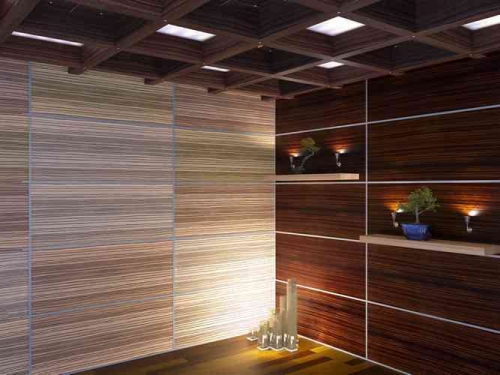
- Notdifficult care - decorative panels are made of materials that can easily withstand wet cleaning, therefore, care for the decorative surface does not require large costs, it is enough to wipe the lined walls with a damp cloth once a month. The advantage of the panels is that they do not collect dust. Of course, when choosing embossed models, small parts can be clogged with dirt particles, so it is better not to use them in the bathroom, in the kitchen and in the corridor. The panels can be washed with any detergent that does not contain chemicals and particulate matter.
- Economical material - in comparison with other high-quality facing materials, decorative wall panels will be much cheaper.
- Reliable, durable and aesthetically pleasing attractive material - they are made of various materials, but any of them is distinguished by safety, hygiene, and also resistance to mechanical damage. Decorating the walls with decorative panels avoids the need for repairs for a long time.
Wall decoration with decorative panels price
- Today, plastic panels differ in variety both in color, shape, and in the material from which they are made, which is why the prices of one type of decorative panels can differ significantly from another.
- For example, decorative panels made of solid wood will cost at least 10 thousand rubles. per m2, and plastic will cost about 3-4 thousand rubles. per m2.
Everyone decides for himself what materials should be used to decorate the walls in the room, based on their budget and preferences. In any case, decorative plastic panels are always a reliable, strong and durable coating with high aesthetic qualities.
Due to their superior performance, decorative panels have become extremely popular in the construction market. They allow you to do without the need to align the wall planes, while hiding all the flaws and communications. They can serve as a basic decoration. Installation of panels is subject to almost any person: installation does not require professional skills and is carried out extremely quickly. Decorative panels for interior wall decoration can be used in a wide variety of premises: from sales areas to residential apartments. Thanks to its aesthetic qualities, a designer interior can be created with your own hands in your home. The market offers a wide range of products from various materials. Next, we will consider the main types.
Before choosing a material for cladding the interior planes of a house, it is recommended to pay attention to the advantages of decorative panels.
The functionality and democratic cost of which have determined the steadily growing popularity of the facing material.
![]()
Let's list the main advantages inherent in this finishing option:
- As mentioned earlier, the plus is the absence of the need to prepare the wall for decoration. Plastering work is not carried out, however, an absolutely flat surface is formed at the exit;
- Depending on the material, decorative wall panels guarantee heat and sound insulation of the room, cope well with temperature or humidity changes;
- Time savings are achieved due to the extremely simple installation of cladding products. The use of conventional fasteners allows for extremely fast installation;
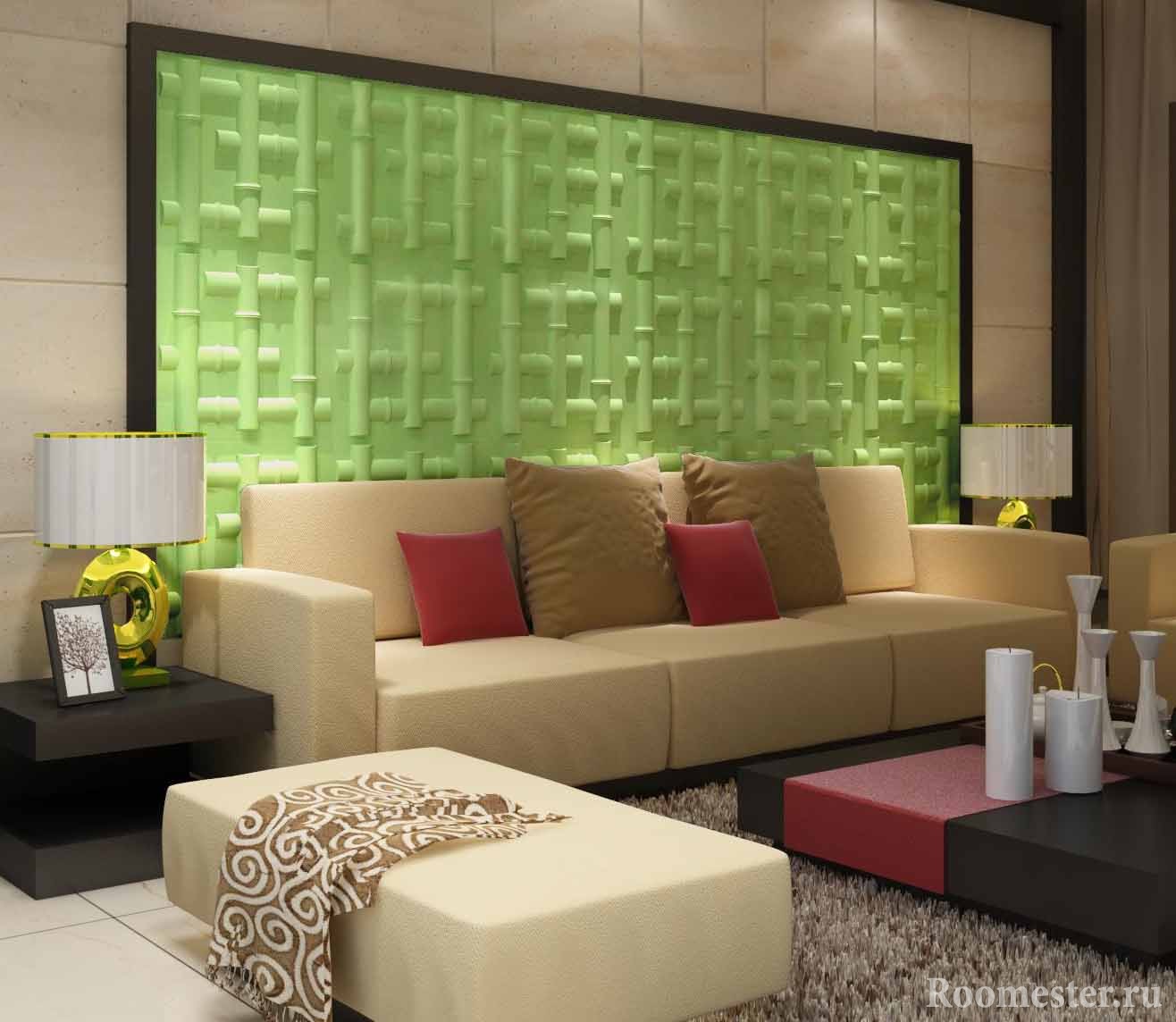
- Decorative panels for walls allow you to safely hide communications under them;
- Products are characterized by a long service life due to their high resistance to mechanical stress;
- The widest range of models, the choice of material for the manufacture of panels and an affordable price;
- All that is required to provide care is a damp cloth;
- Installation can be carried out in different directions (vertically, diagonally, etc.);
- Artificial materials qualitatively imitate their natural counterparts.
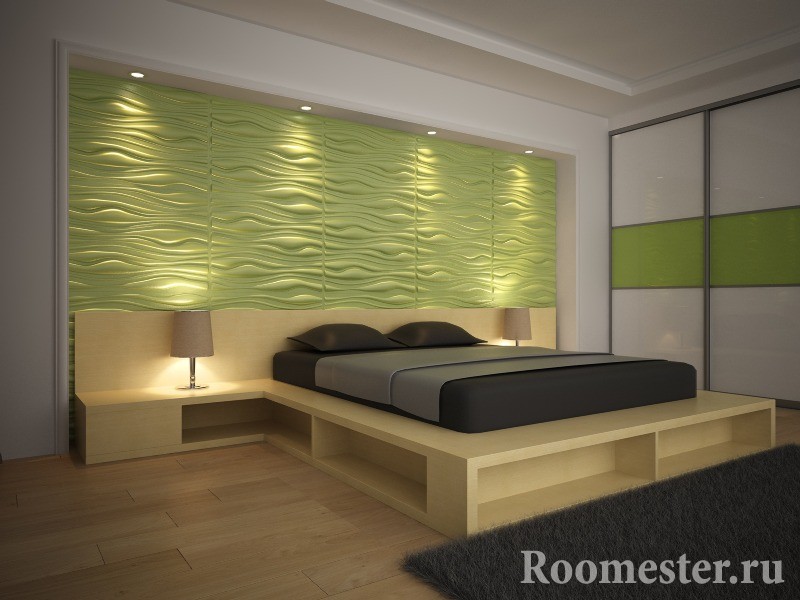
You can classify decorative panels for interior wall decoration according to the form of release and the type of material used.
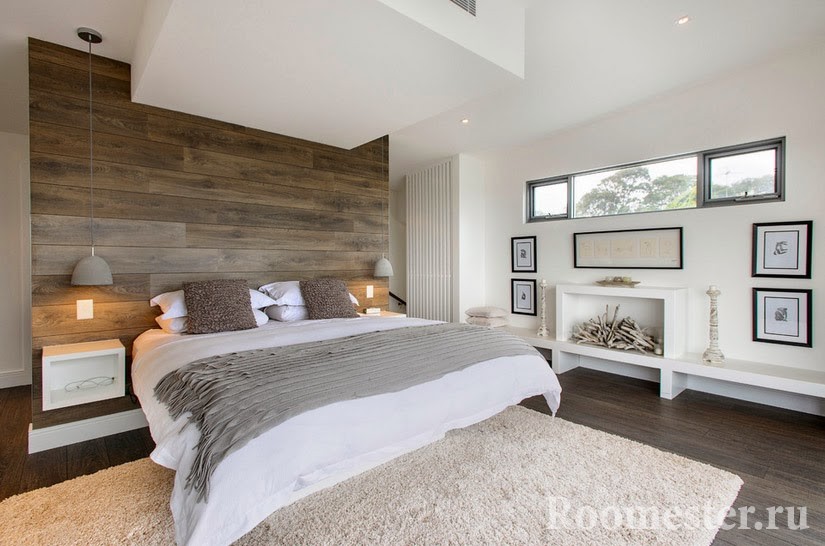
Main forms of product release
Three types stand out here:
- Tile. It is a fairly versatile material with a strict classical form. It can be used to decorate all wall surfaces, without exception. Due to the rich representation of external decor, products can be combined with other room elements. The panels can be up to one meter long and up to half a meter wide. Thanks to the choice, it allows you to create mosaic textures. A neat product is installed on a wooden crate (from a bar) to be fixed on the wall;
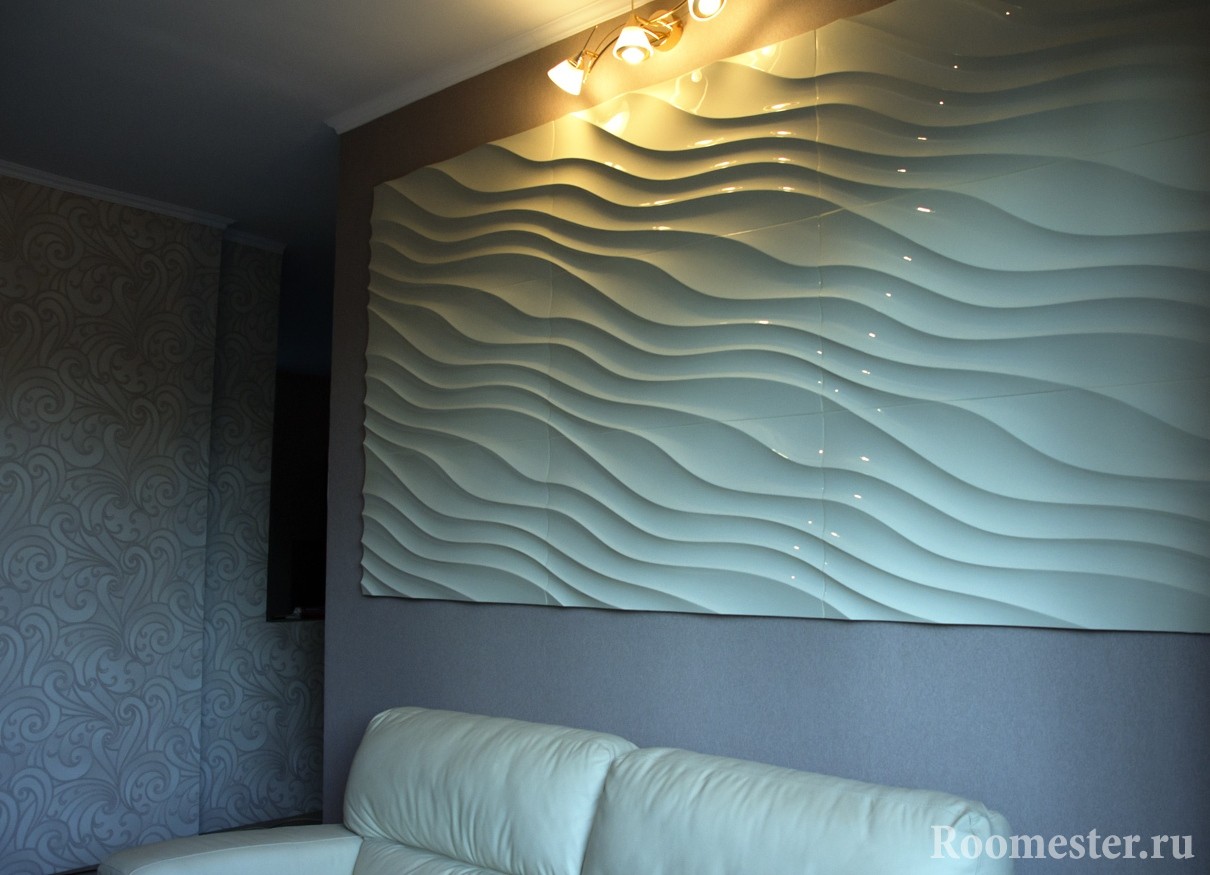
- Reiki. This type is very similar to the lining, but it can be made from the most various materials... The length of rectangular panels can reach almost 4 m, while the width is only 0.3 m. Installation is carried out in any direction, and clamps are used to hide it. Since the use of rack and pinion products does not imply a reduction in the dimensions of the room, they are safely recommended for use in small rooms. Often the method of fastening the panels to each other is the so-called thorn-groove;

- Sheet panels. The thickness of the panels is no more than 1 cm, while the length can be up to 2.5 m. For fixing this form of decorative wall panels, it is possible to use an adhesive binder, and not be limited to one lathing on the walls. Imitation of the natural texture of the surface allows you to consider any option for the style of the room. This applies to wood, metal, stone, etc. The joints are hidden by the use of moldings. Fiberboard or MDF with an interesting texture is often used as a material of manufacture.
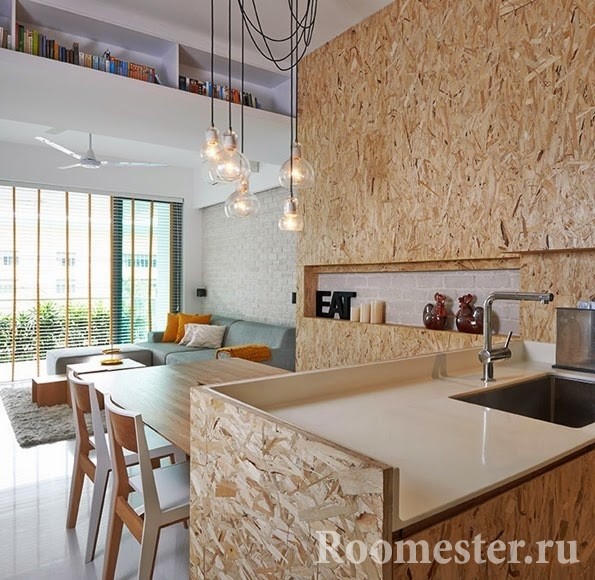
The surface of most materials is covered with an additional layer.
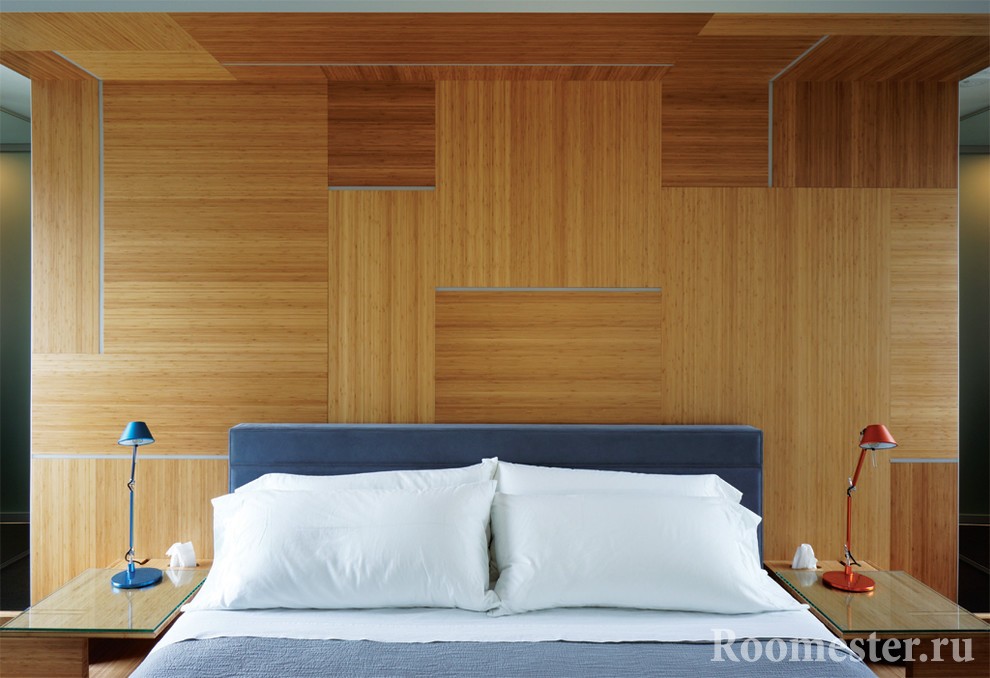
Types of decorative items
Decorative wall panels can be natural or artificial.
![]()
There are the following types of products:
- Decorative wall panels made of natural wood;
- MDF and chipboard sheets;
- Fiberboard panels;
- Cork panels;
- 3D panels;
- Glass;
- PVC panels;
- Plaster;
- Plastic;
- Stone veneer panels
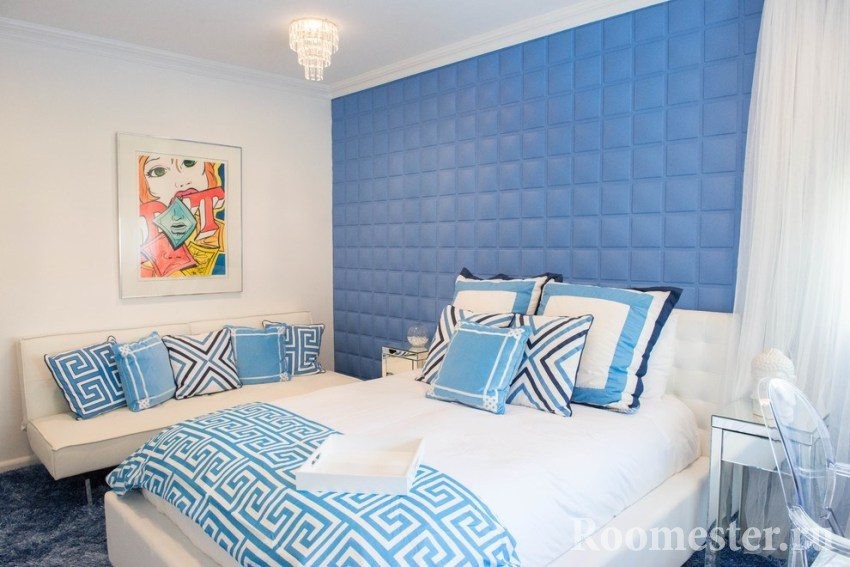
To figure out what's what and what material is better to choose, then we will consider their main features.
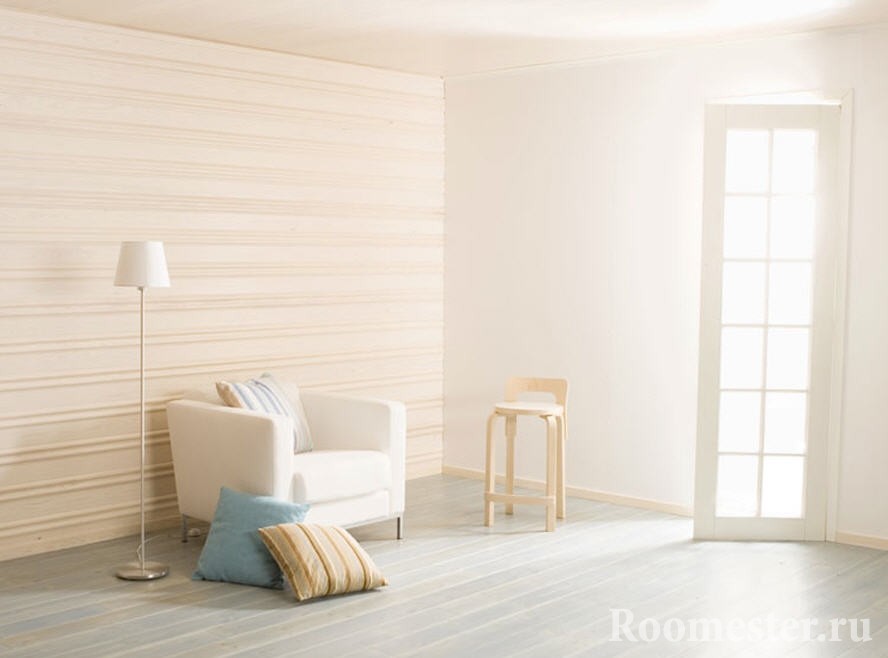
Wooden panels
Wall cladding with natural wood is characterized by a unique atmosphere of comfort. The interior instantly becomes rich and solid. To achieve a similar effect, massifs of noble tree species are used in production technology.

The veneer is used as a finish from such valuable varieties as elegant walnut or exquisite cherry. Additionally, various inserts and paint coatings are used.
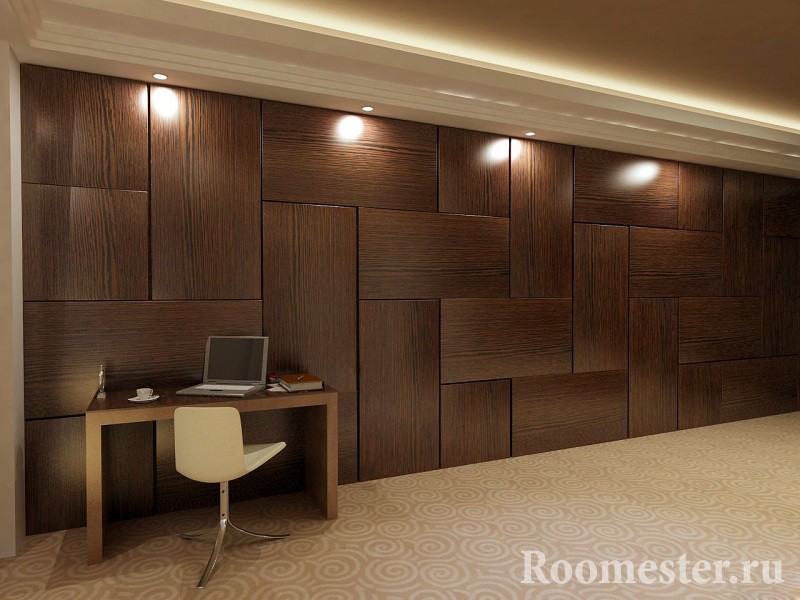
In addition, the pretentious gilding of woody shades is popular. Considering that wood is an essential element classic style interior, this decor has become a real boon for designers.
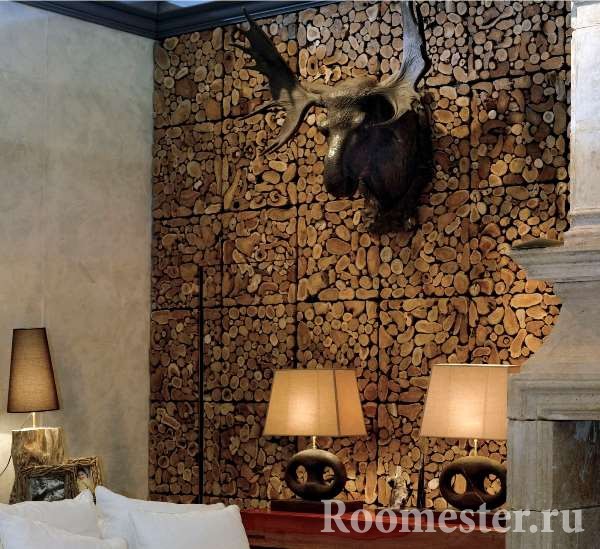
The use of wood panels is somewhat limited due to the impossibility of installing them in wet rooms. In a bathroom or an aggressive kitchen environment, no protective impregnation will save natural wood.
![]()
In all other rooms, it is also recommended to protect the material in every possible way from temperature or moisture changes, to keep the latter at 60%. Otherwise, unpleasant cracking can easily occur. Also among the disadvantages of natural wood is its high price.
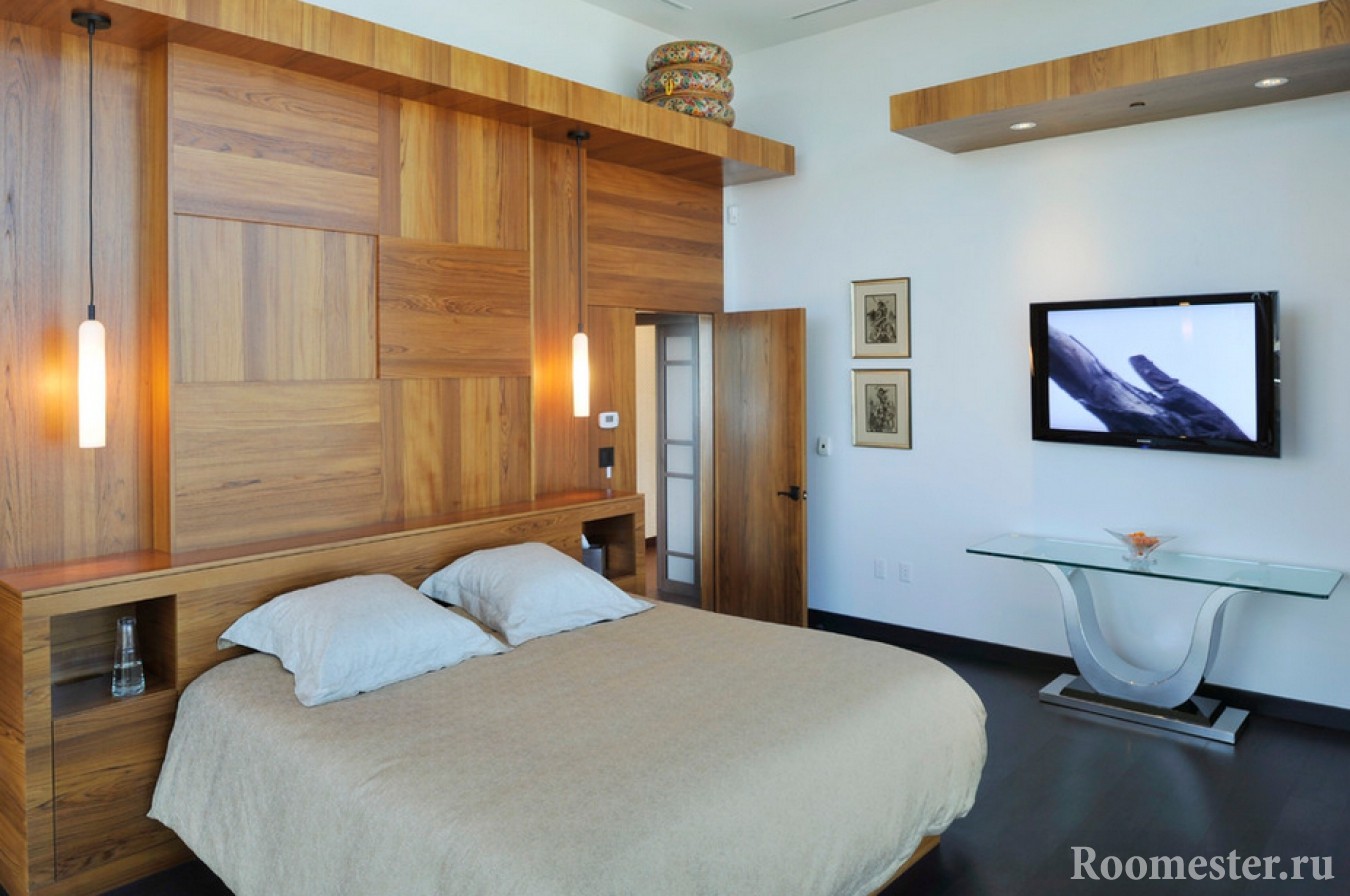
MDF
This material is successfully used for the decoration of residential premises, since the technology of its production allows excluding such unsafe components as epoxy resin and phenol, which is harmful to human health, from finished products.
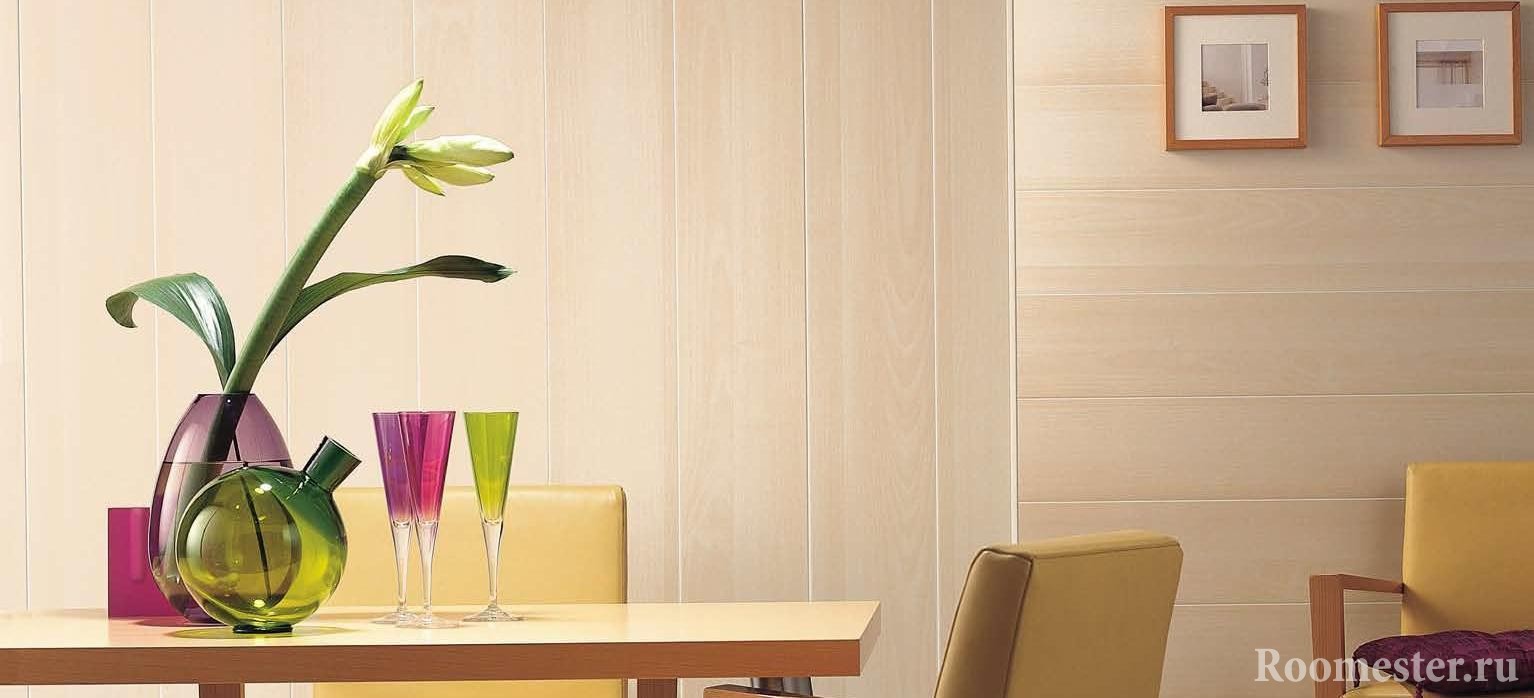
This is achieved by hot pressing wood waste. At the final stage of the production process, a decorative film with an exclusive pattern is applied. The image can imitate its natural wood analogue, the beautiful texture of a brick. The choice of texture also assumes the possibility of matte or gloss.
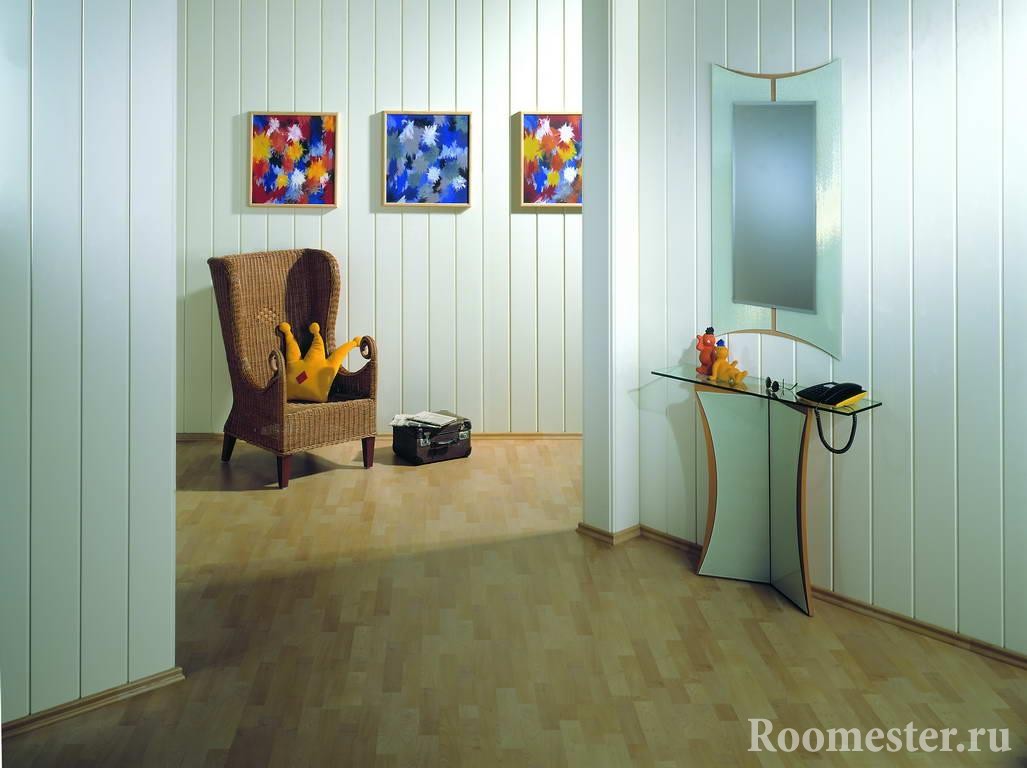
Caring for decorative MDF panels is extremely simple, since you can do with an ordinary damp cloth. Lamination does not give dirt a chance to adhere to the wall surface.
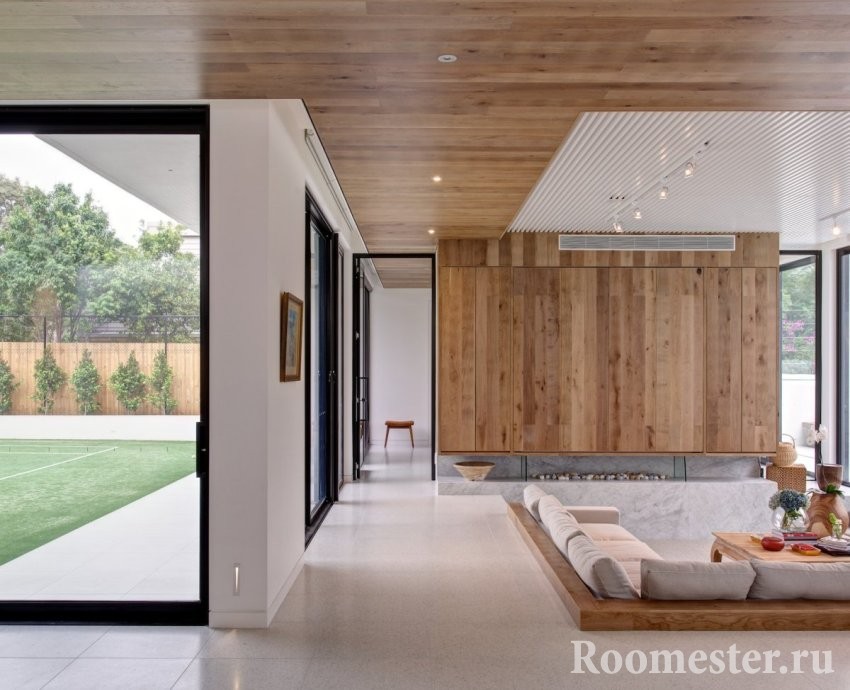
MDF sheets are extremely easy to install, and decorating fasteners and other accessories in the same color saves time. At the same time, the style remains the same for the entire room.
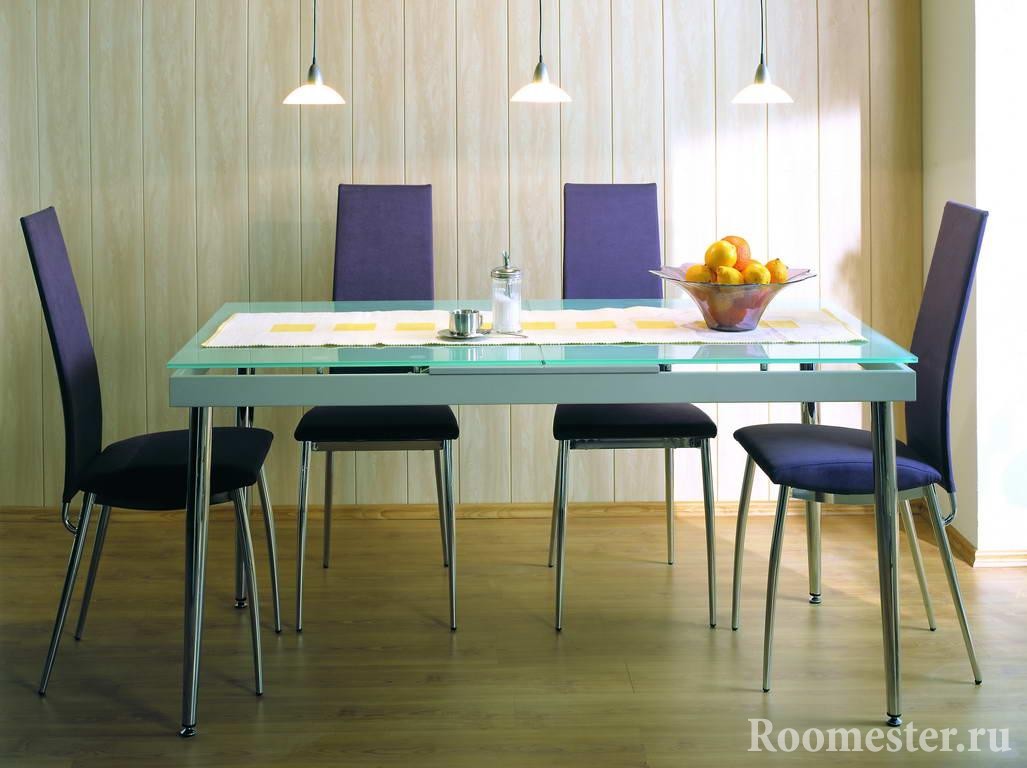
Fiberboard
The performance characteristics of this material are slightly worse than that of the previous one. The thickness of the products can visually reduce the space of the room.
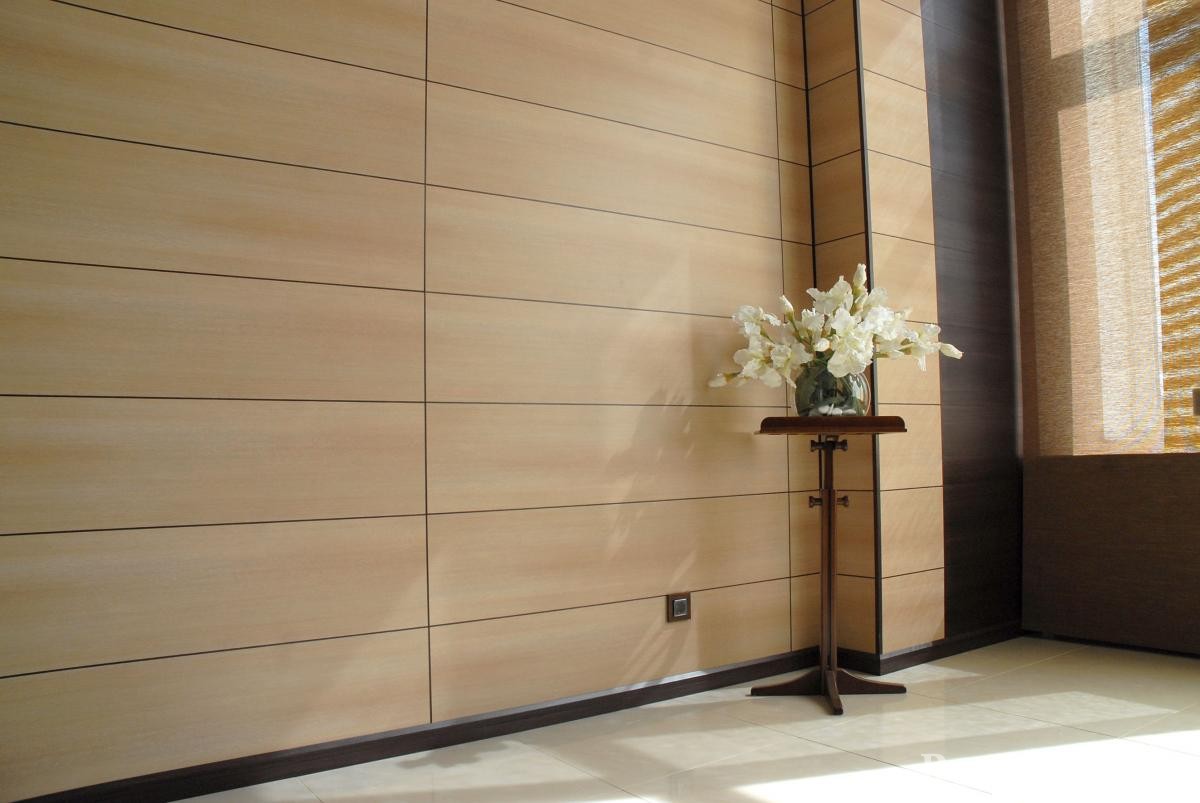

However, this inconvenience is offset by the budget cost and a wide palette of colors.
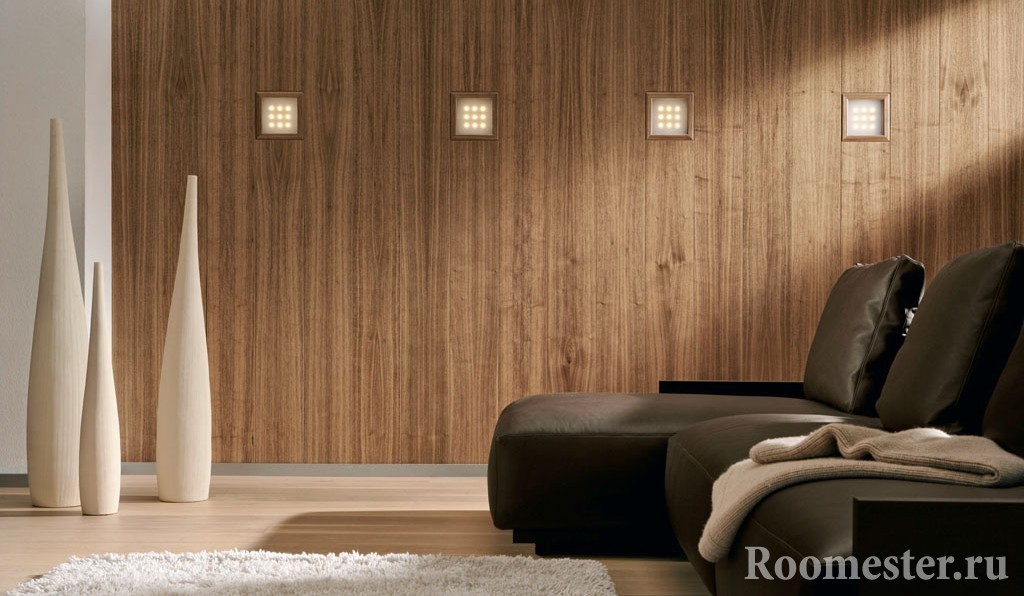
The release form can be any of the three presented above, and the surface texture is lined with any material.
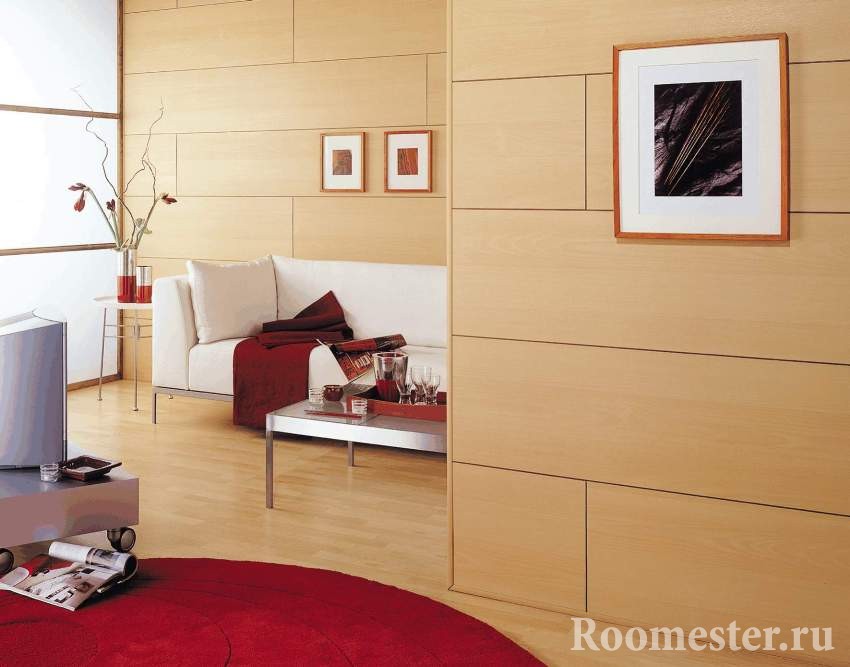
Leather and fine wood veneers are popular.
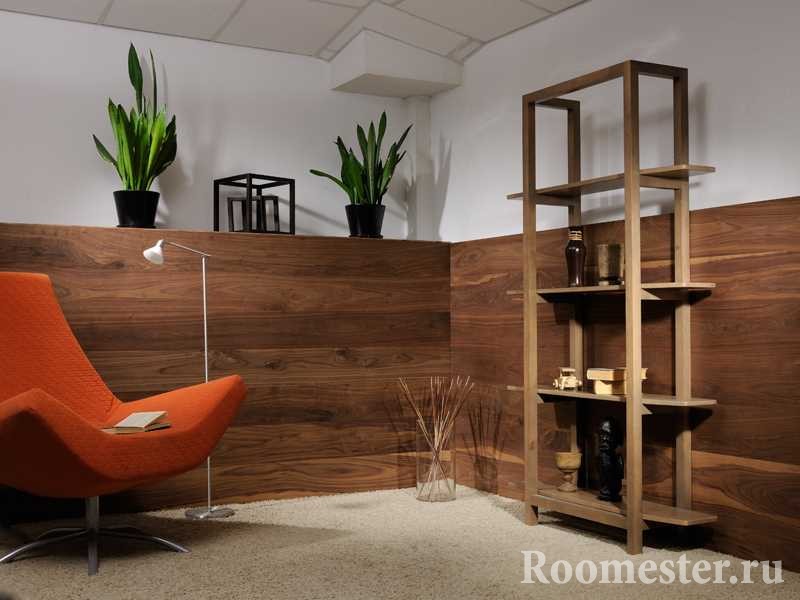
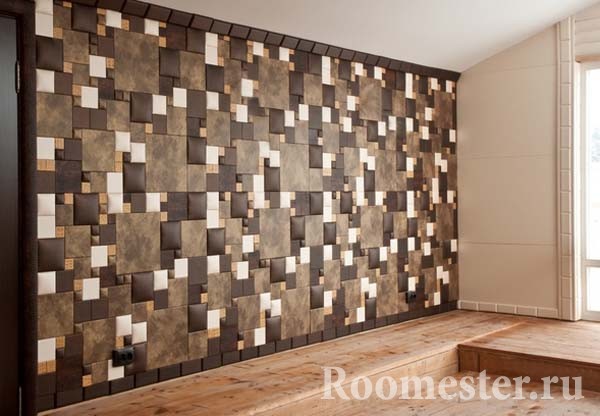
Chipboard
The main advantage of this type is its democratic price. For aesthetic purposes, it is customary to cover the material with veneer or decorative plastic.
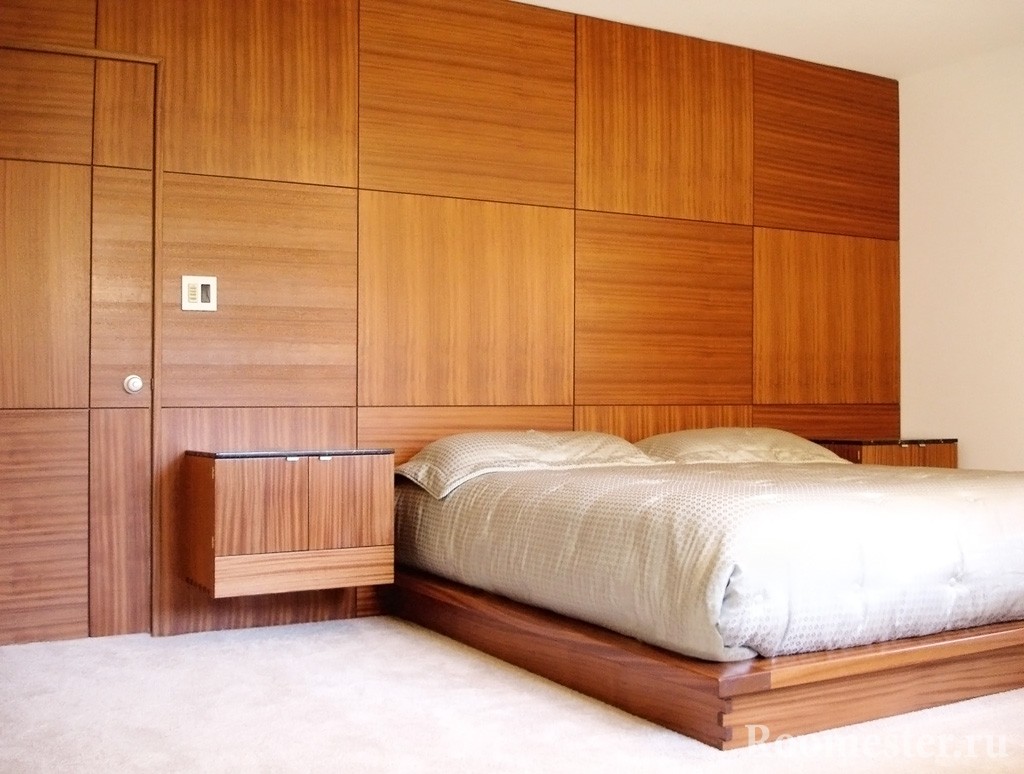 The perceptible weight of the wall panels makes their installation somewhat difficult, and the lack of moisture resistance determines their use in utility rooms (utility room, hallway, corridor);
The perceptible weight of the wall panels makes their installation somewhat difficult, and the lack of moisture resistance determines their use in utility rooms (utility room, hallway, corridor);
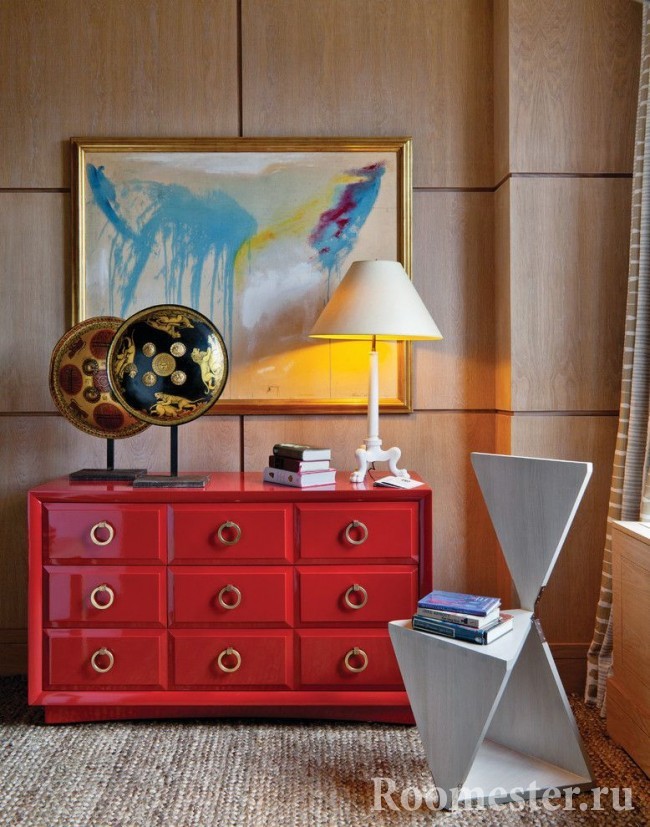
Bamboo
Despite the woody origin, bamboo panels stand out as a separate species.
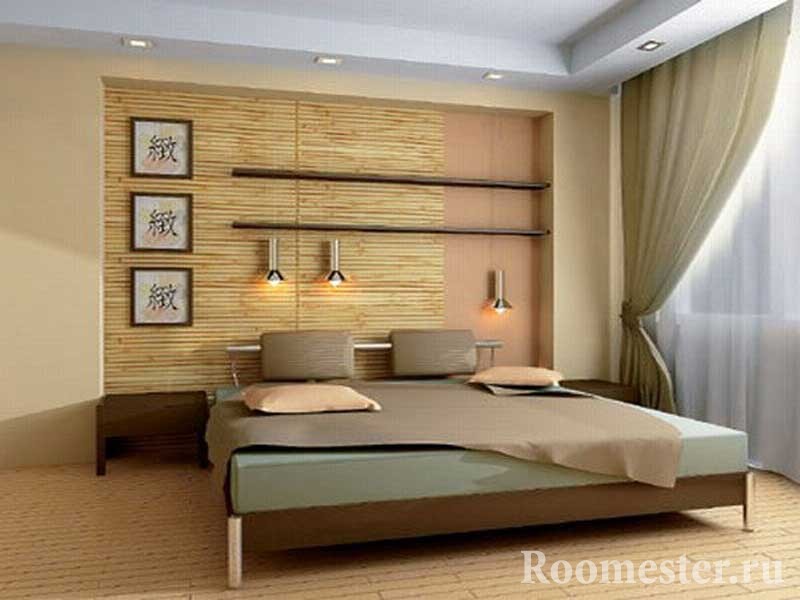
This is largely due to their increased moisture resistance (compared to traditional tree species), as well as the lightness of the material. Often used when decorating a room in ethnic style, or in the same country.

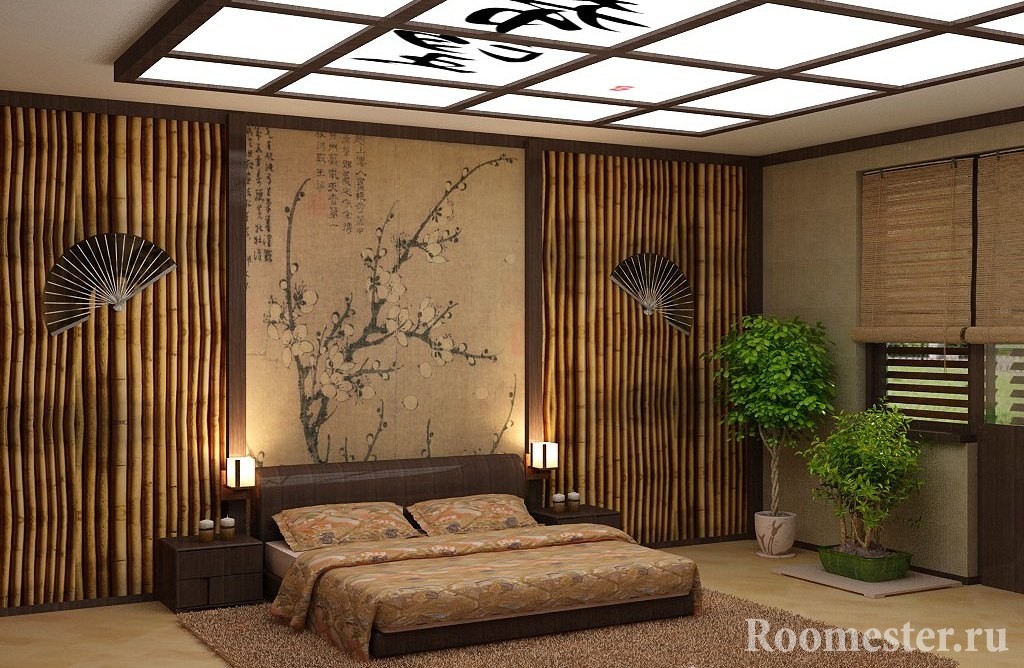
Panels 3D
Thanks to its three-layer structure, it is characterized by its illusion of volume.

For the manufacture of a high-quality base, a reinforcing mesh is used, and for a decorative layer, the product is covered with a special polyvinyl film (sometimes enamel is used).

3D wall panels have become so popular due to their wide assortment that the developers had to provide for the possibility of decorating any other surfaces (furniture, ceiling) with them.
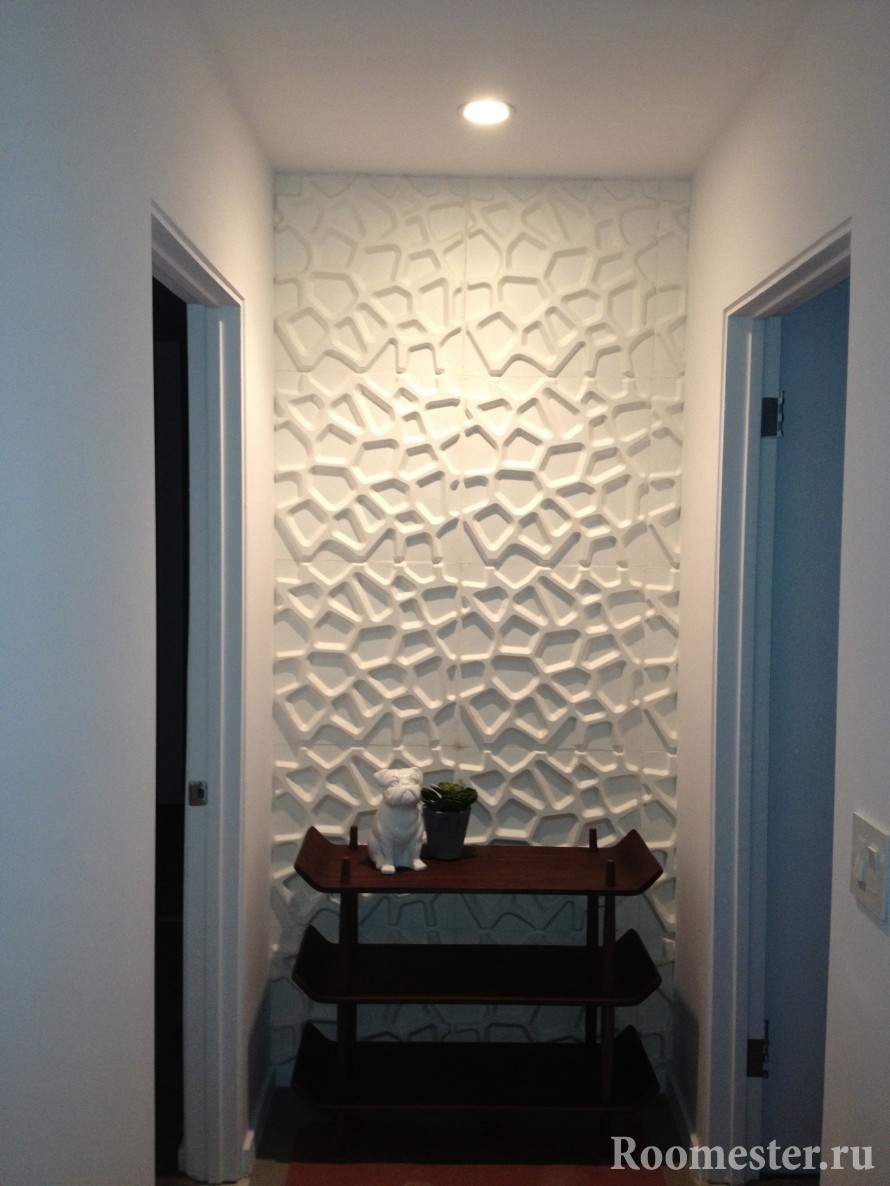
They are actively used as a separate decorative element or as an insert in the main decoration. The latter allows you to organize functional zoning of space.
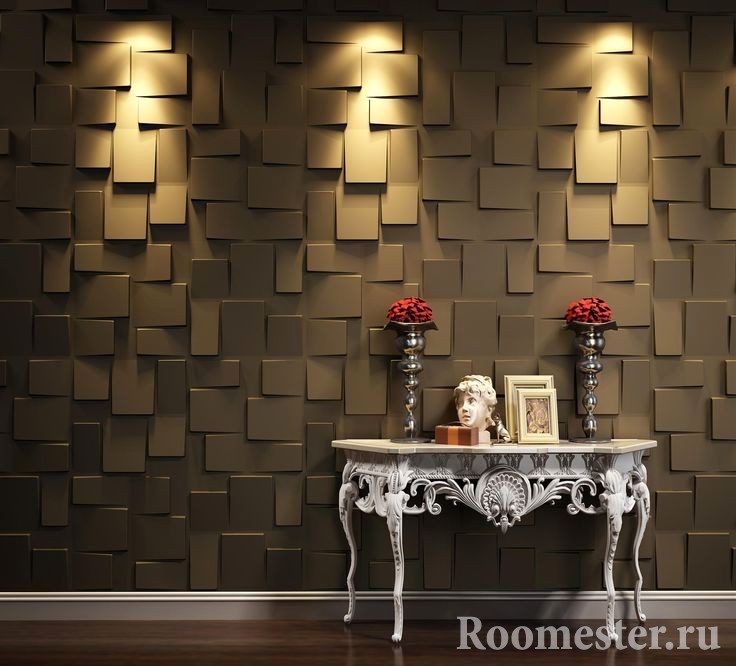
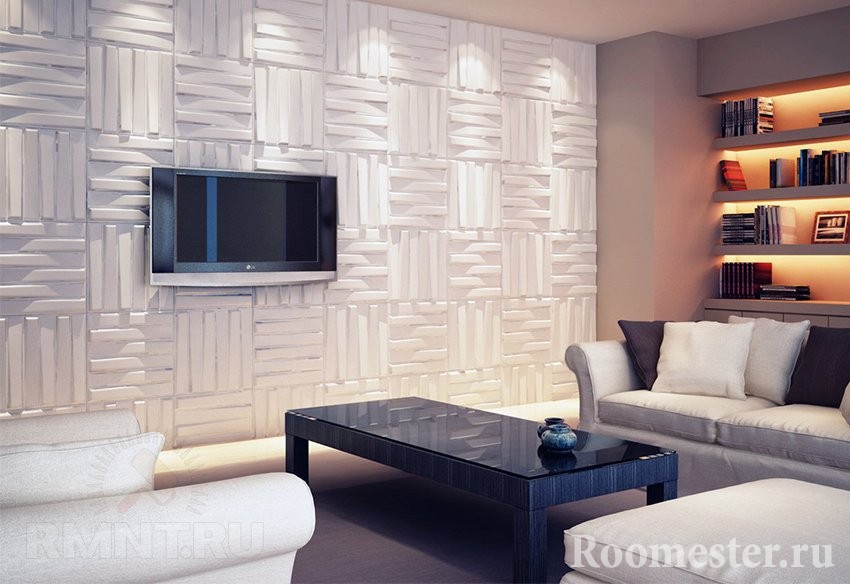
Professionals recommend purchasing original lamps along with decorative 3D panels, which can enhance the desired result. The embossed elements, after being exposed to soft light, guarantee a stunning cut-off effect.

Plastic
Decorative PFC panels are distinguished by their ease of maintenance (you can use ordinary household chemicals), as well as their affordable cost. They can provide reliable sound and heat insulation of the room.
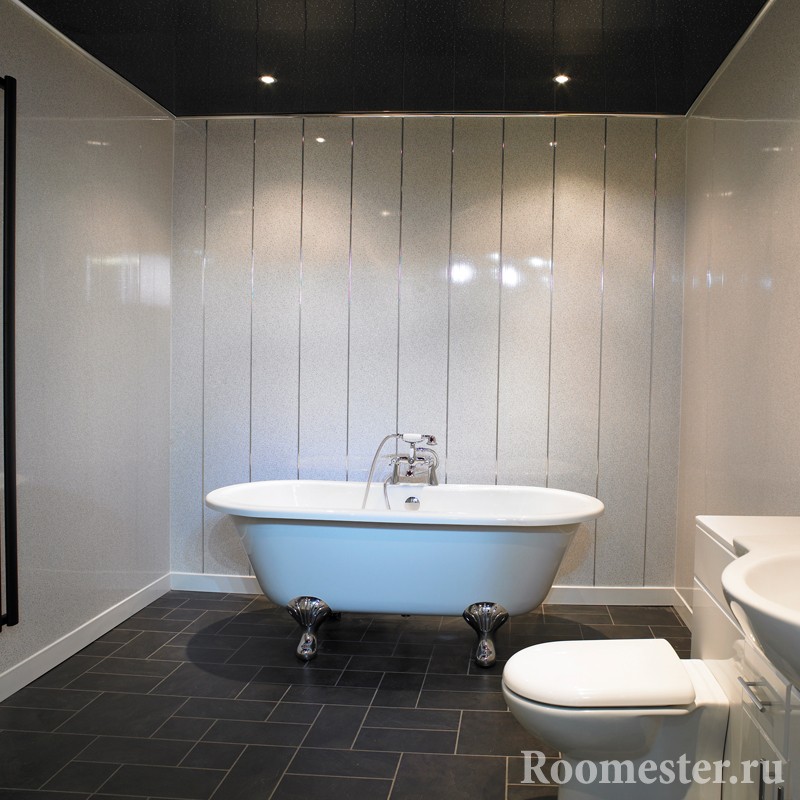
Due to moisture resistance, neutral relation to temperature drops and certain hygienic properties, they can be used in bathrooms or unheated rooms. However, this type of decorative panels does not differ in its resistance to mechanical stress.
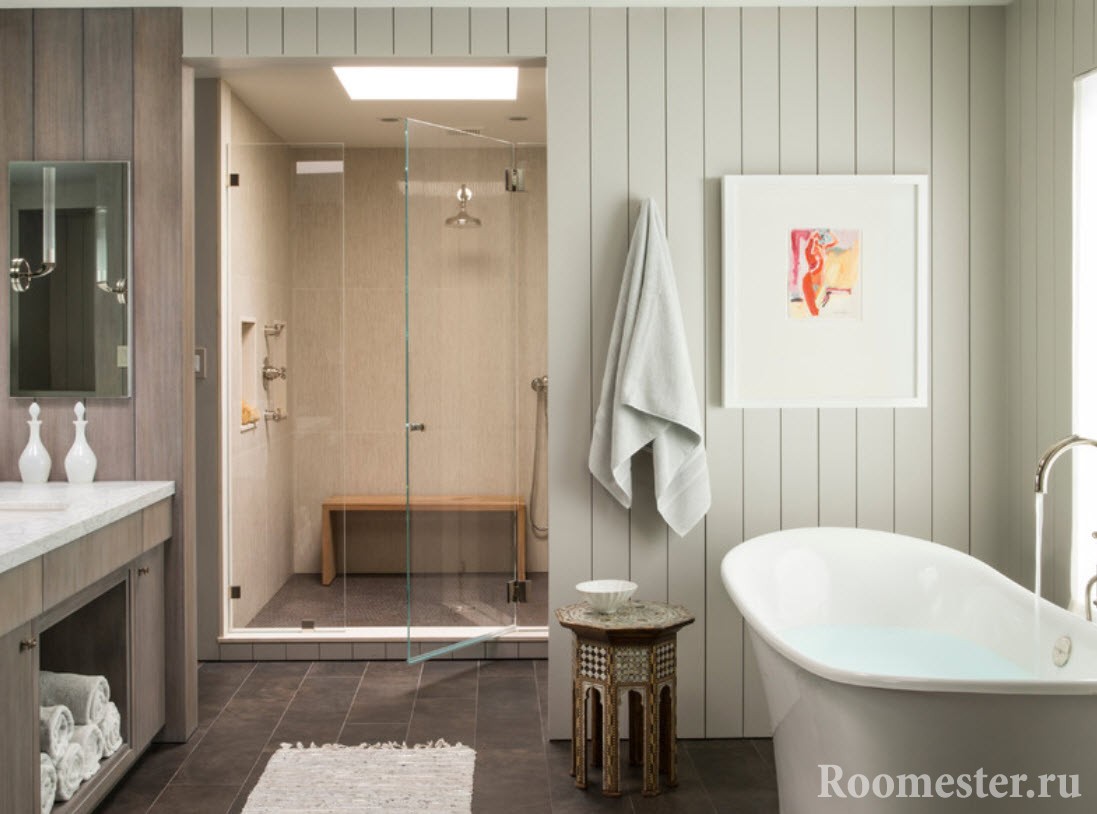
After a few years, the color can be adversely affected by sunlight, rendering the finish faded.
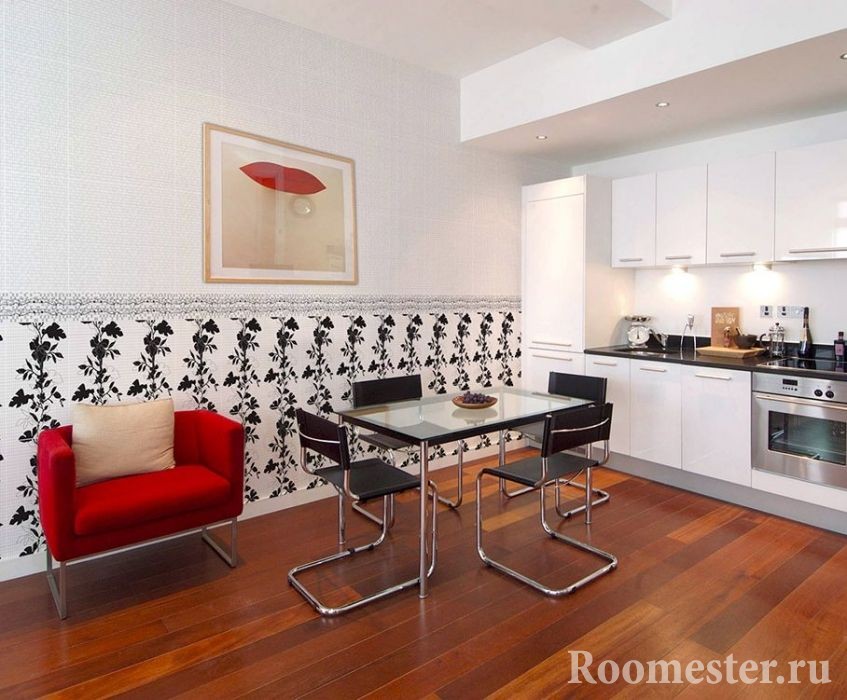
Another disadvantage of this type is the ban on the use of material in the nursery. For the same reason, plastic panels are recommended to be used exclusively in non-residential premises.

Glass
The demand for this type is due to specific operational properties.
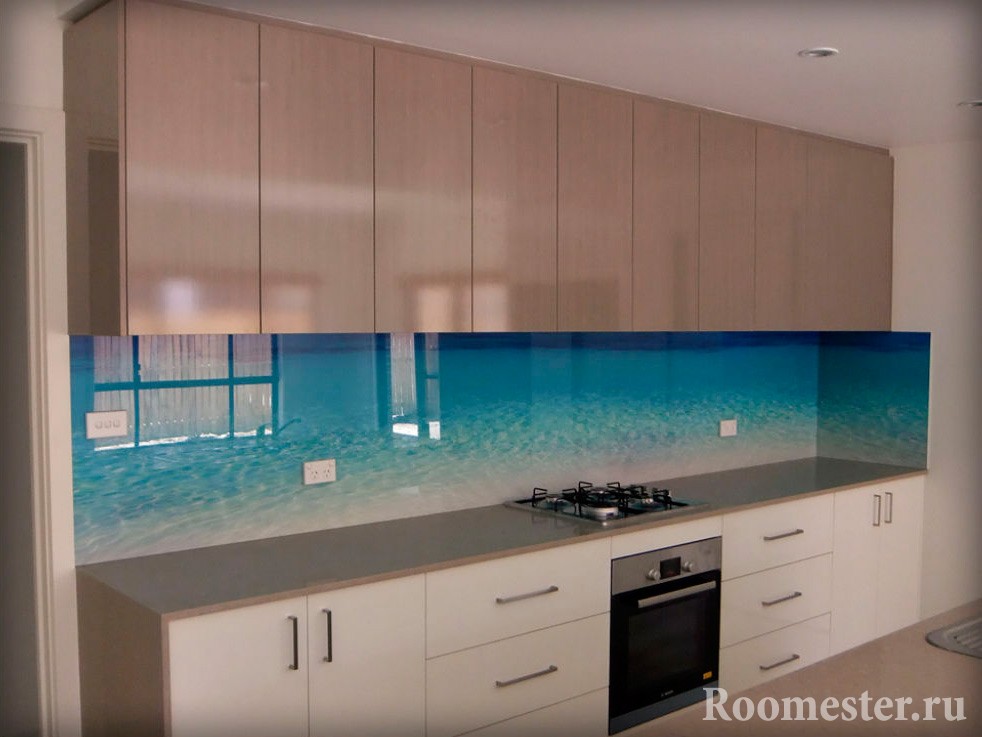
Strength in relation to natural influences, long service life, moisture resistance, as well as the possibility of using photo printing.
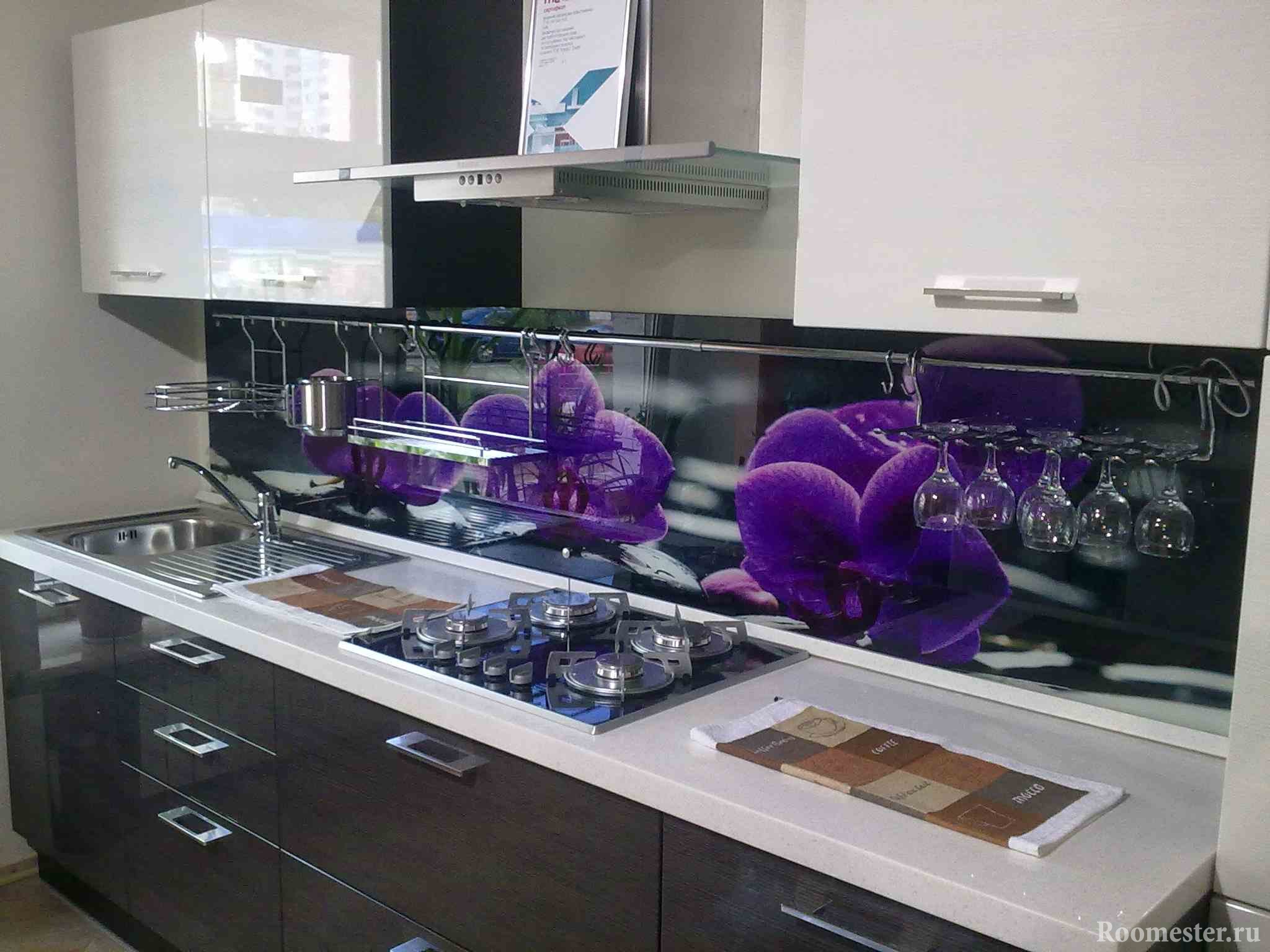
Such images will be characterized by the longevity of their existence. That is why the use of glass decorative panels in the kitchen does not surprise anyone.
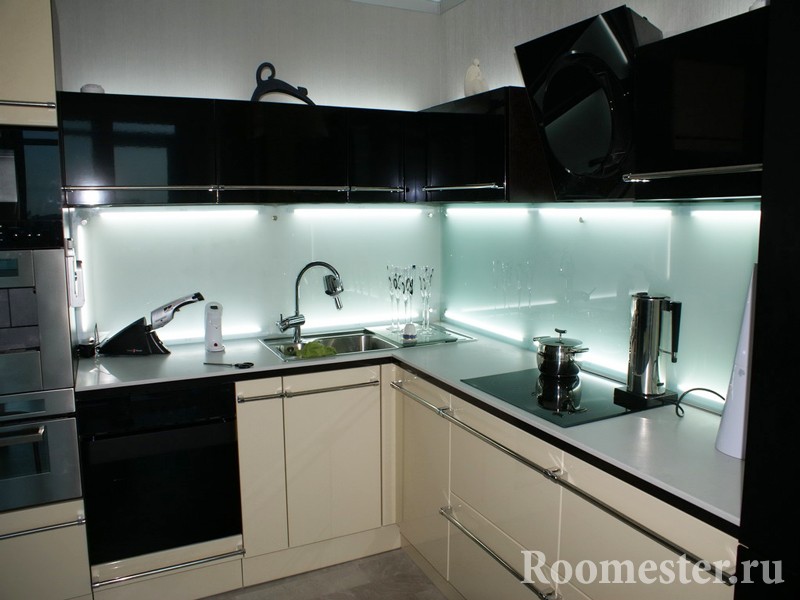
Culinary décor in the working area of \u200b\u200bthe room invariably lifts the mood of the hardworking hostess.
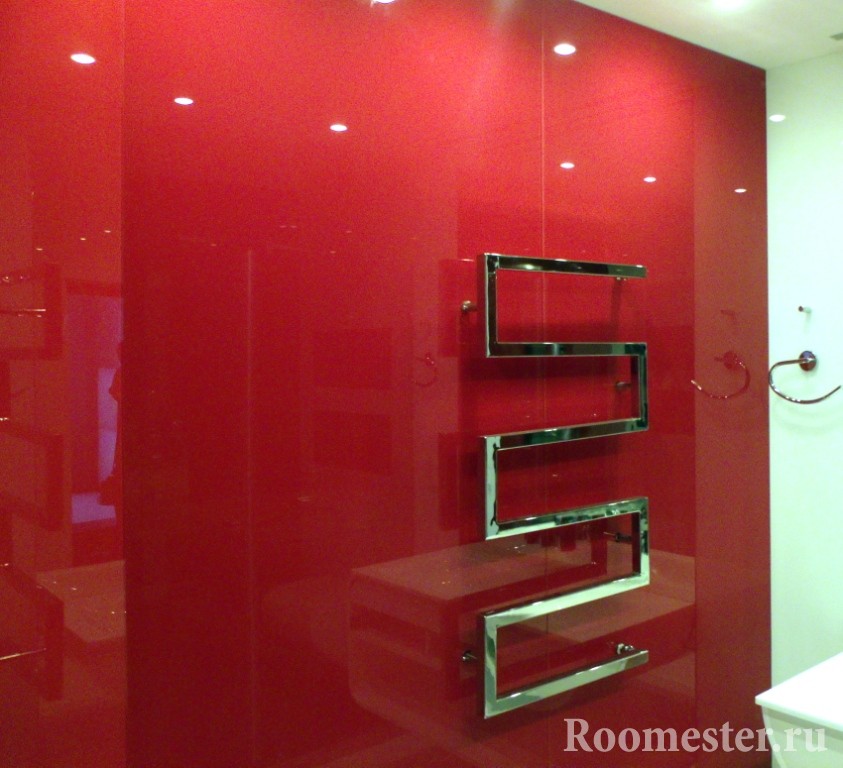
Stone veneer
It is characterized by many useful qualities. The natural texture of the wild stone is harmoniously combined with its light weight.
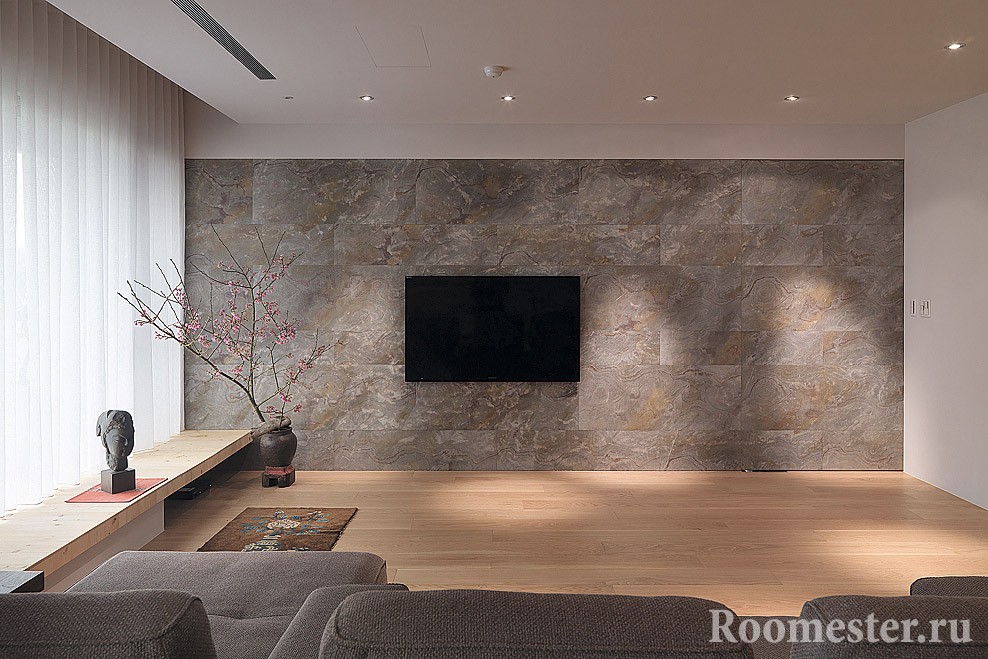
In addition to the image, the roughness inherent in stone creations in nature can be felt in a tactile way. The thickness of the plates does not exceed a few mm, which makes them easy to install on wall surfaces.
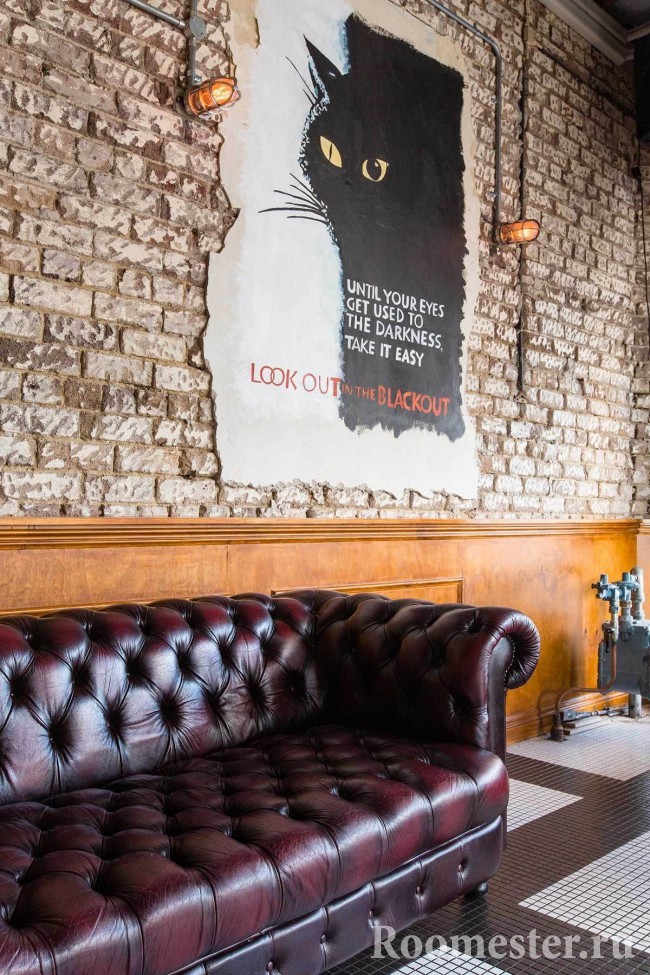
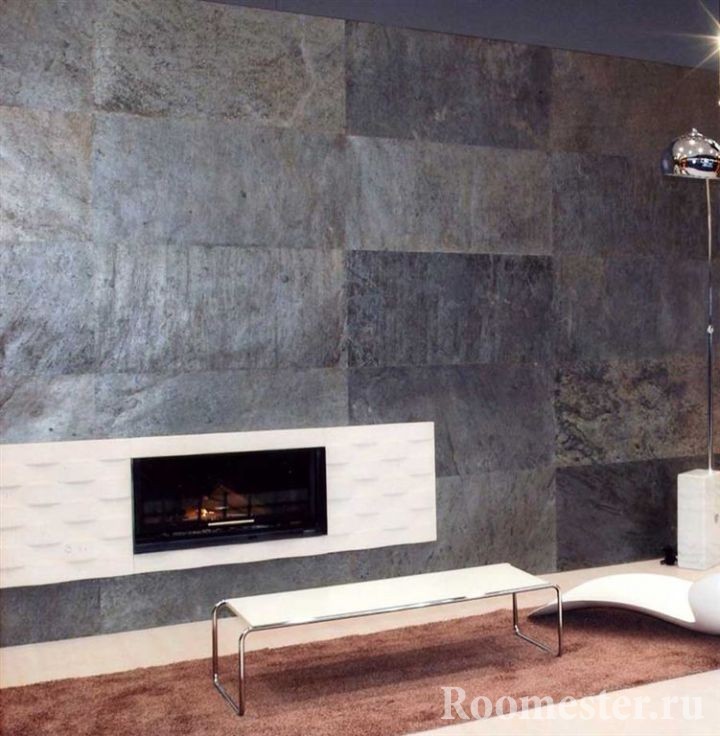 DIY decorative pillows - photos and ideas
DIY decorative pillows - photos and ideas



